Description
HISTORY OF THE KING CLASS
The King class were the ultimate development of the GWR four-cylinder 4-6-0 engines. Stanier based his LMS Princess Royal class design on the King Class, but with an enlarged boiler and firebox necessitating a 4-6-2 wheel arrangement. This class was designed under the direction of Collett, as an enlarged version of Collett’s Castle Class, which in turn was an enlargement of Churchward’s Star class. Churchward had proposed fitting the 6 ft diameter boiler used on his 4700 class 2-8-0 on to a 4-6-0 chassis in 1919 to create a more powerful express locomotive, but had been prevented from doing so due to weight restrictions on several bridges on the GWR main line. Collett’s Castle class of 1923 was therefore a compromise with a 5′ 6″ boiler. However, bridge strengthening and a better understanding of the effect of hammer blow on structures brought about by the work of the ‘Bridge Stress Committee’ set up by the Department of Scientific and Industrial Research led to the relaxation of these restrictions. The King class was the most powerful ever British 4-6-0 design, having the highest permissible axleload of 22½ tons, and the largest firegrate (34.3 sq ft) of any British narrow firebox locomotive design. The tractive effort was regarded as important for publicity purposes and for this reason the cylinders were 16¼in rather than 16in in order to achieve a tractive effort in excess of 40,000lbf. At the time of their construction, the GWR wanted to snatch back the honour of owning the most powerful locomotives in the UK from the Southern Railway who had just built their Lord Nelson class. The King class was built up to the maximum weight allowed on the main line. In addition, the boiler pressure and the cylinder diameter were increased and the wheels were reduced in size from the original design in order to get the required power increase. This made them the most powerful locomotive in the UK when they were built and they were able to handle the heaviest GWR expresses. Due to the size and position of their cylinders the King class engines had an unusual form of leading bogie, with the front wheels having outside bearings and the rear bogie wheels having inside bearings. As a result of their weight they were restricted to working only the London to Plymouth lines and the London to Wolverhampton (via Bicester) line. The King class, however, were unable to serve Cornwall, due to the Royal Albert Bridge over the River Tamar being too weak for their weight, and so when they were hauling the Cornish Riviera Limited, they had to be swapped for a Castle or Hall at Devonport. Interesting the BR Britannia 4-6-2 engines were allowed to run over the Royal Albert Bridge. It was never officially acknowledged, but it was well known, that the weight of the King class engines increased from the official 89tons to 93-96tons as a result of modifications made to the locomotives during their working lives. Because of their limited route availability only thirty were ever built, but they worked successfully on these routes. The whole of the class was named after Kings. The names carried by 6000-6027 were in reverse order of ascendance to the throne from Richard 1 (6027) to King George V (6000). 6028 was formerly King Henry II and 6029 was King Stephen. Their names were changed in 1936 and 1937 when Edward VIII and the George VI came to the throne. In 1927 6000 King George V visited the USA for a centenary of the Baltimore & Ohio Railway. The engine was presented with an American locomotive bell which it carried over the buffer beam when it returned to England. The original scheme for the ‘Kings’ had been to name them after cathedrals, but when the US trip was planned it was felt that a more unmistakably British icon was needed. During planning and construction of the engine was dubbed the ‘Super-Castle’. The trip to the USA came about when the President of the Baltimore & Ohio Railway commissioned an eminent railway enthusiast (Edward Hungerford) to attend the celebration at the Stockton & Darlington Railway and report back on his observations. Hungerford met with Sir Felix Pole, the GWR general Manager, which led to 6000 going to the USA. This caused some consternation at Swindon as the first locomotive was planned to be completed by the end of September but it was required to be in the USA by August. The engine was completed with sufficient time available to complete trials and appear at a number of station exhibitions including being at Paddington on the 1st July before being shipped to America. The person in charge of the American trip was William Stanier who was the Principal Assistant to the Chief Mechanical Engineer (Churchward). Stanier became the Chief Mechanical Engineer at the LMS in January 1932 after being head hunted by the LMS Chairman (Sir Josiah Stamp). Stanier had been with the GWR since 1891 when he started as an office boy He was knighted in 1943 and when he retired in 1944 he was elected a Fellow of the Royal Society as only the third locomotive engineer after Edward Bury and Robert Stephenson to receive that honour. 6000 travelled to the USA along with the replica broad gauge engine North Star. The boiler of 6000 was loaded onto the ship separately from the frame as there was no crane available that could lift the whole locomotive. The Baltimore & Ohio Railway centenary exhibition attracted a quarter of a million visitors during the three weeks it was held. Among the visitors who rod on the footplate of the locomotive was Henry Ford. In 1935 6014 was partially streamlined. The streamlining was removed in sections from 1937 onwards, but the wedge-shaped front to the cab was retained until 1953. In 1947 experiments had been made with a four-row high-degree superheater in No. 6022 King Edward III, owing to a decline in the availability of high-calorific South Wales steam coal, on which the GWR had always relied for its good locomotive performance. During the 1948 locomotive exchanges, King Henry VI had performed disappointingly using Yorkshire coal, despite demonstrating the 4-6-0 type’s unique sure-footedness when climbing out of Kings Cross, where pacific types were apt to slip alarmingly. After this, four-row superheaters were fitted to the class, and modifications were also made to the draughting arrangement, using No. 6001 King Edward VII as a test-bed. From September 1955 double blast-pipes and chimneys were fitted, initially to No. 6015 King Richard III. Following successful testing the whole of the class was subsequently modified and, as a result, their final years in British Railways ownership saw the very best of their performance, particularly on the steep South Devon banks at Dainton, Rattery, and Hemerdon. From 1955 onwards they were all fitted with double chimneys. In September 1955 workings of the Cornish Riviera Express were timed and speeds of up to 108½mph were recorded on trains hauled by King class locomotives. This is the fastest authenticated speed achieved on the GWR (although 6001 King Edward VII is claimed to have achieved a speed of 109mph in 1951). The fastest post war speed record is held by LNER A4 pacific 60007 Sir Nigel Gresley in 1959 when it achieved 112mph. The 30 locomotives in the class were allocated to five depots for working the mainline passenger expresses. The five were – Old Oak Common (London), Laira (Plymouth), Cardiff Canton. Bristol Bath Road and Stafford Road (Wolverhampton). Some very brief visits were made to Newton Abbott by two of the class during 1948 and 1949. Although the King class were withdrawn during 1962, 6018 was steamed again in April 1963 to work a Stephenson Locomotive Society special train. They were replaced by the Western Region’s short lived diesel hydraulic Western class locomotives. Today, three Kings survive in preservation.

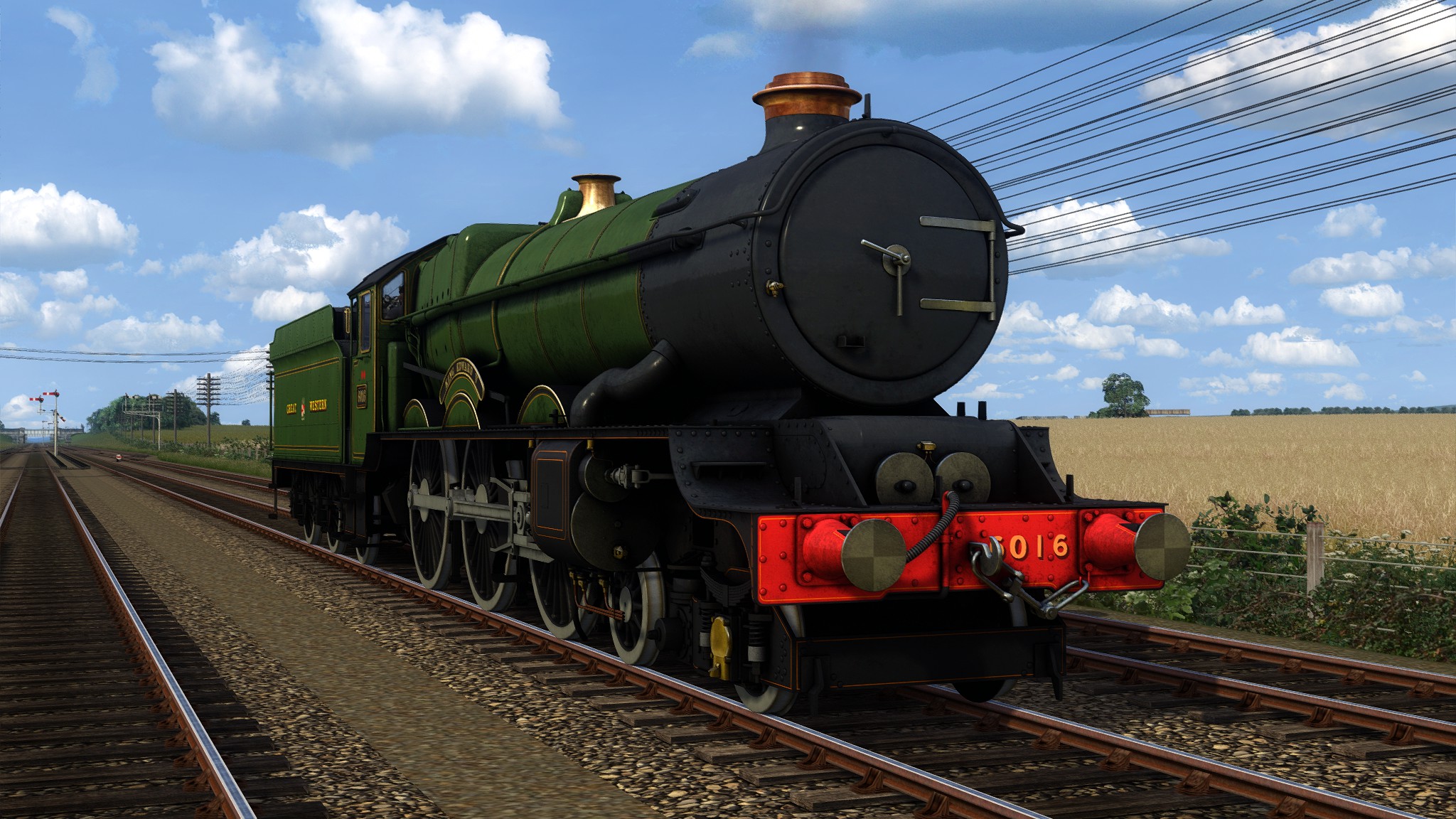
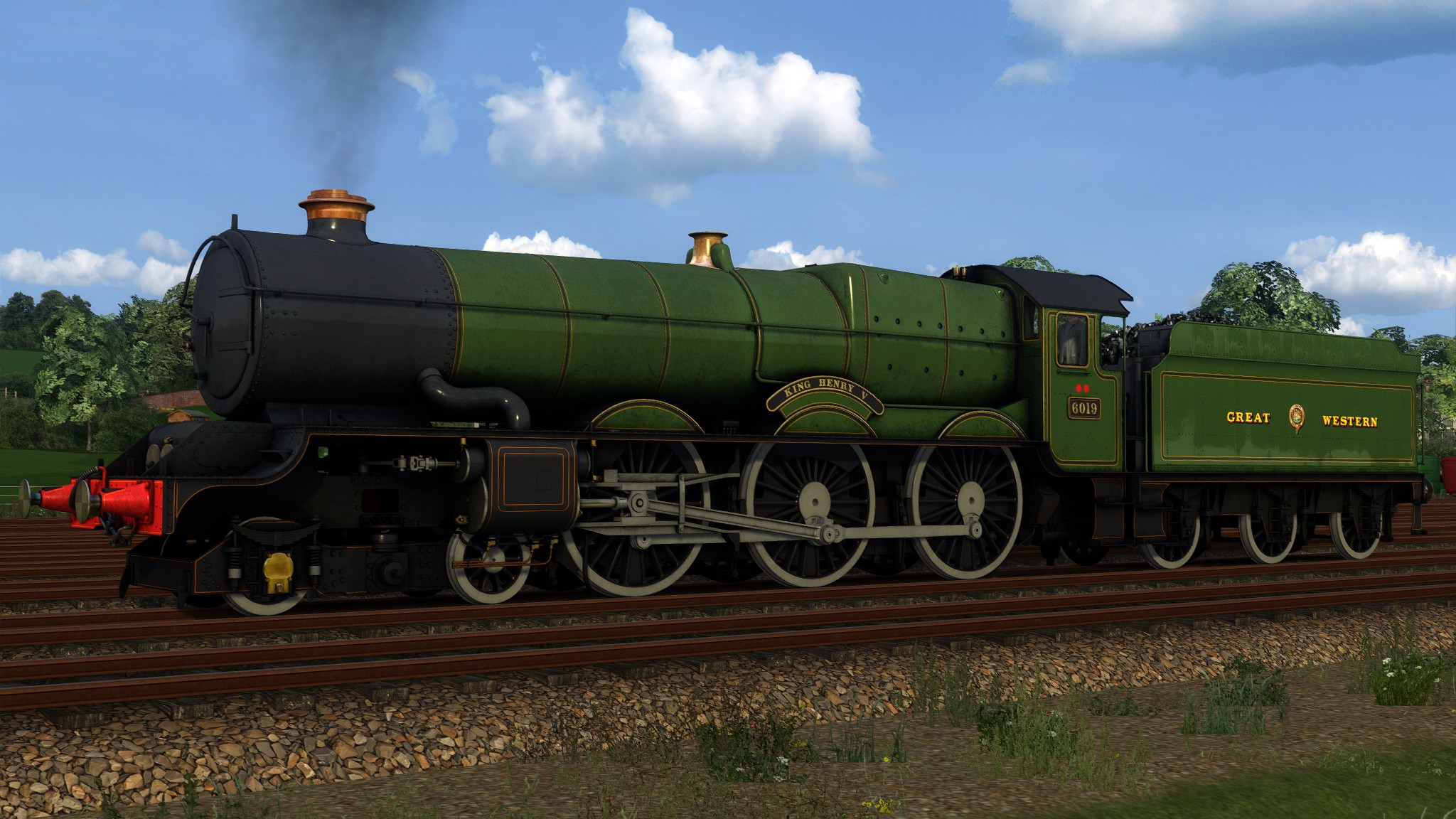
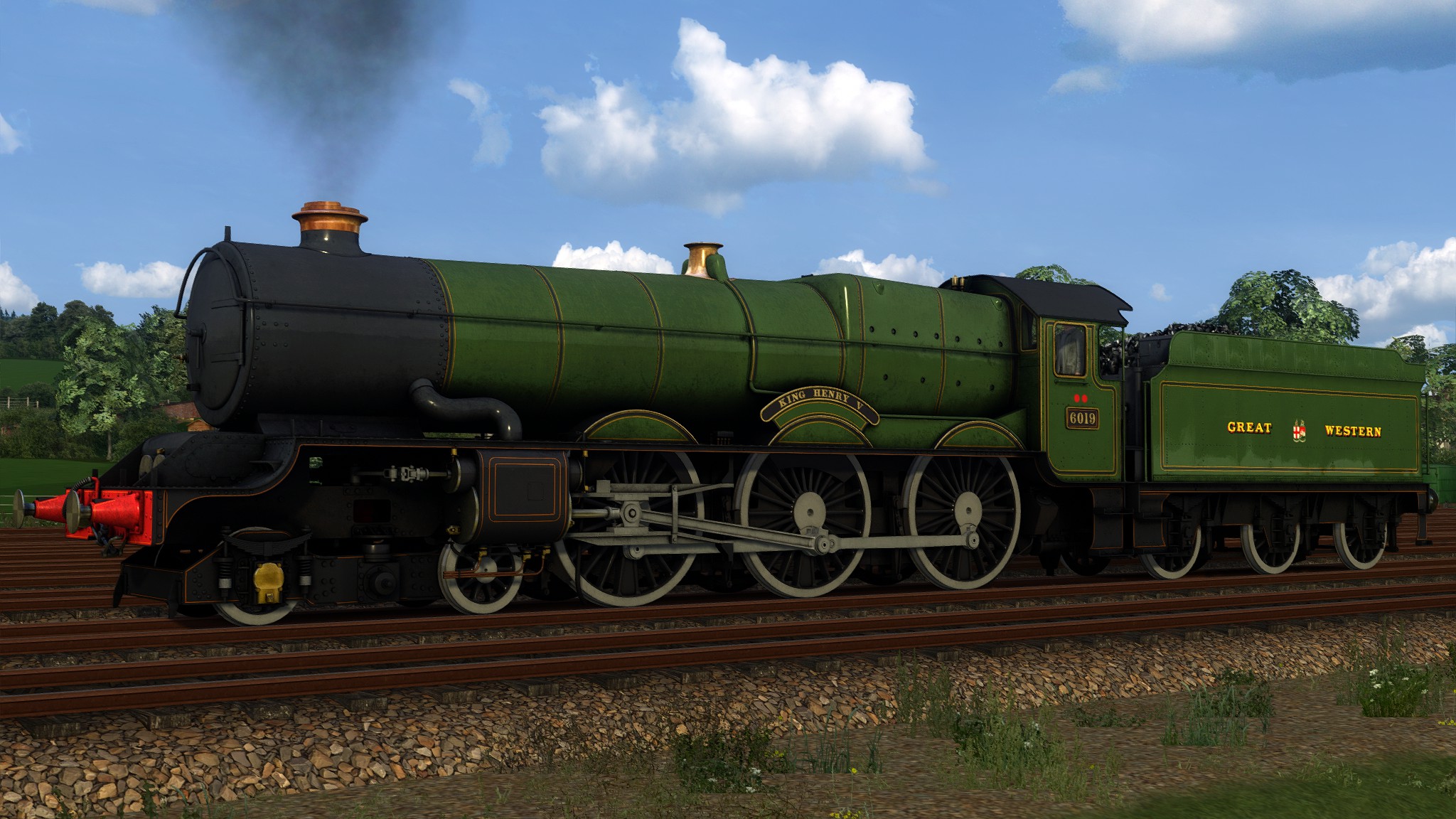
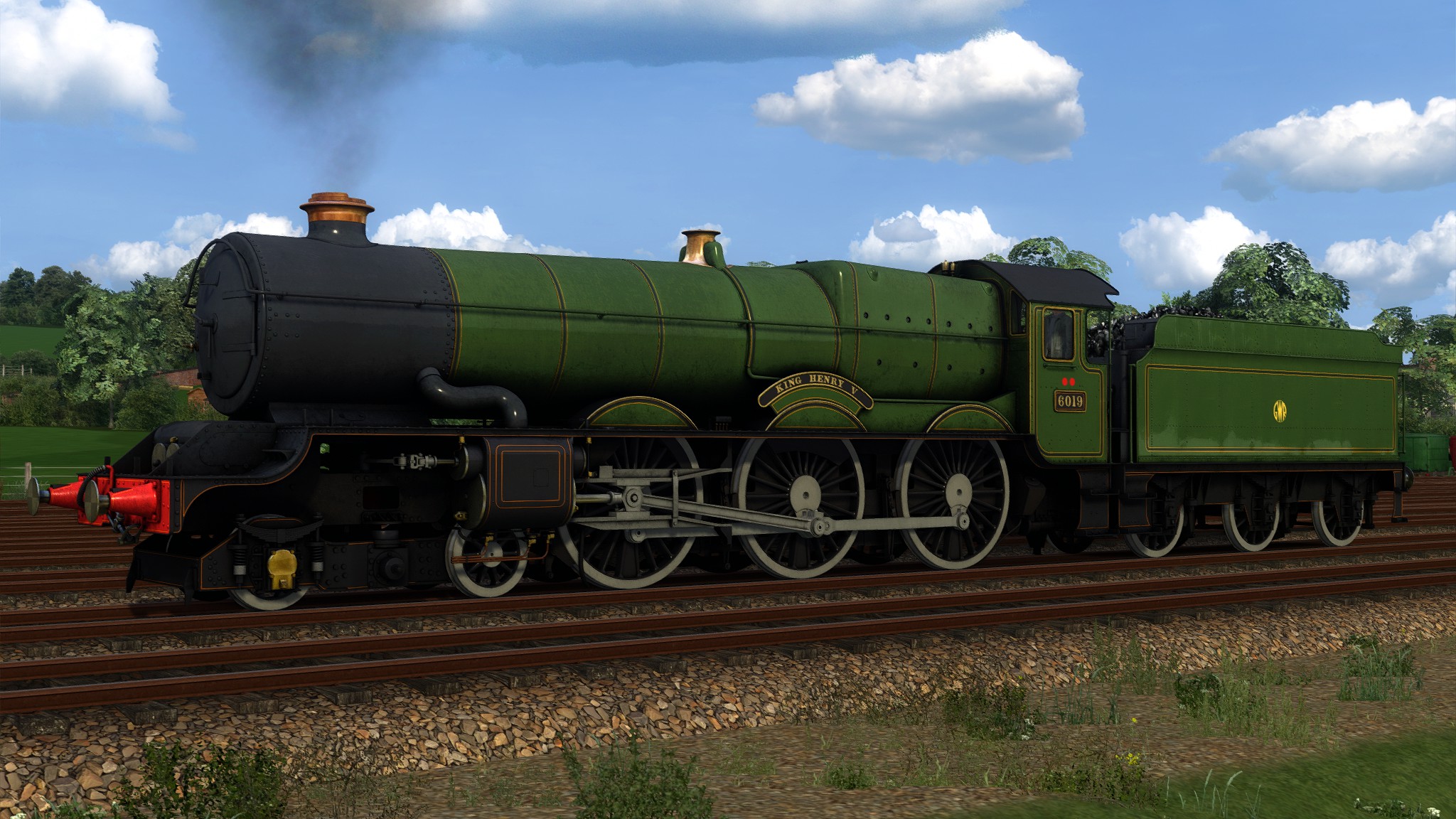
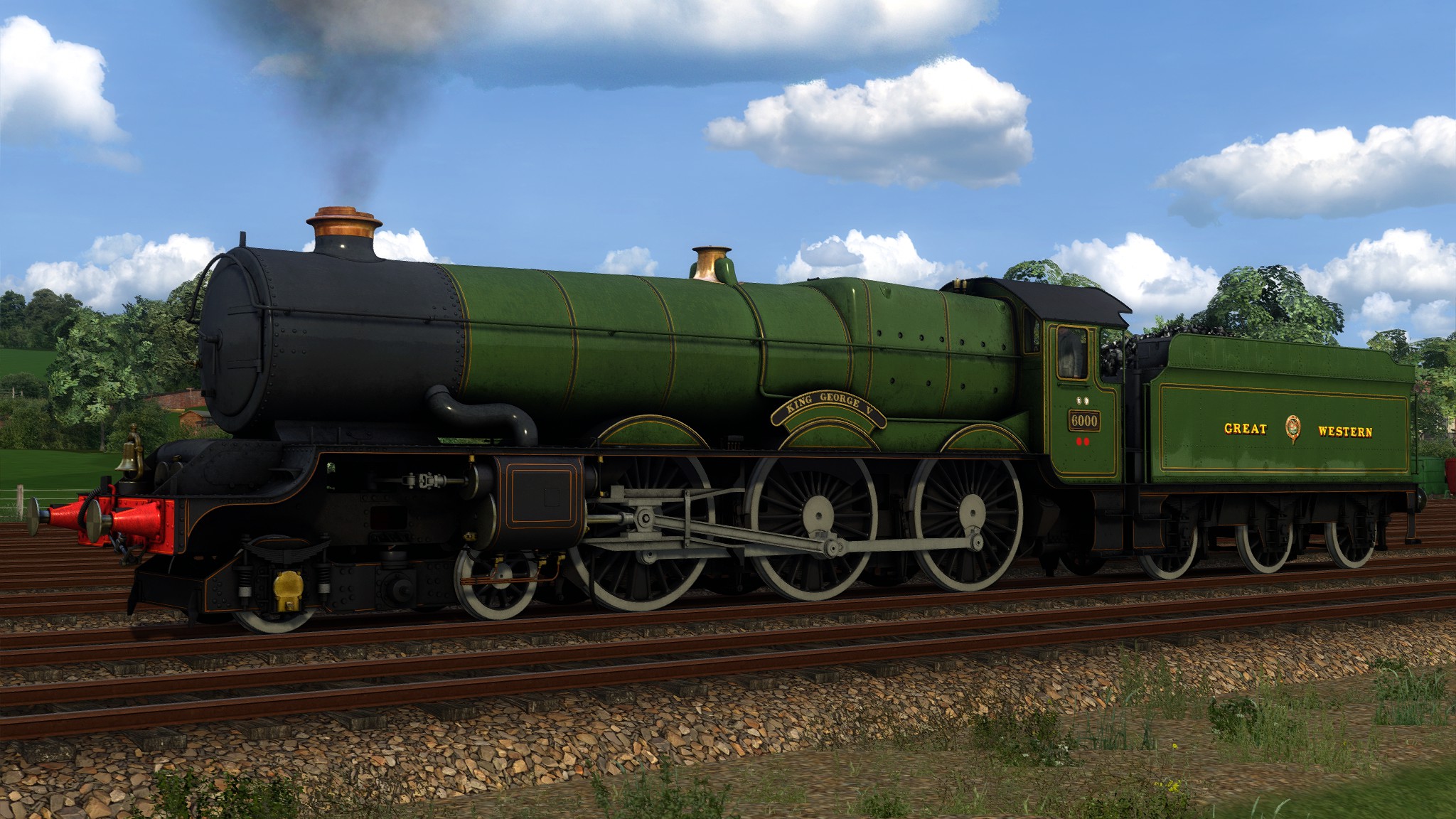
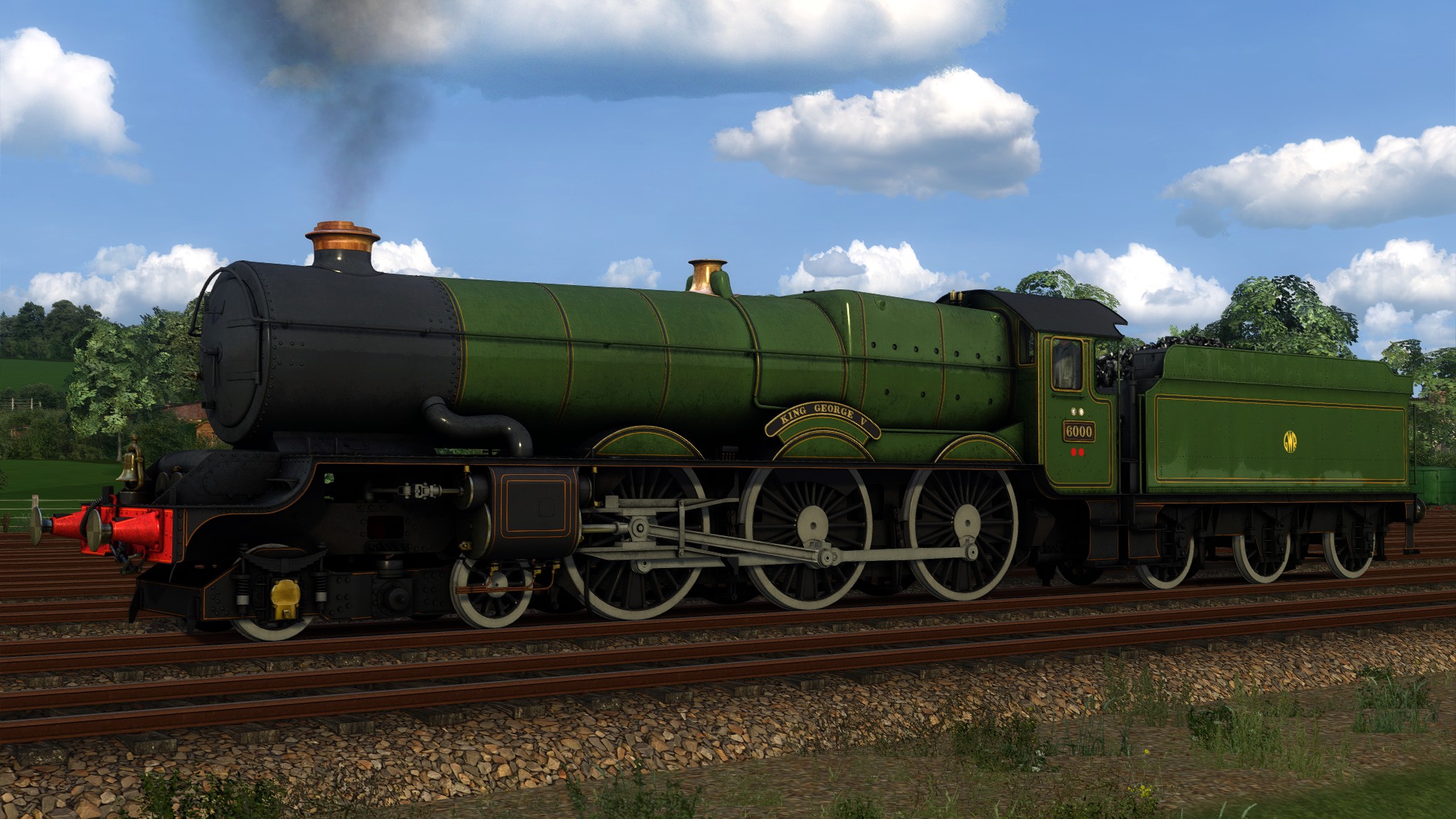
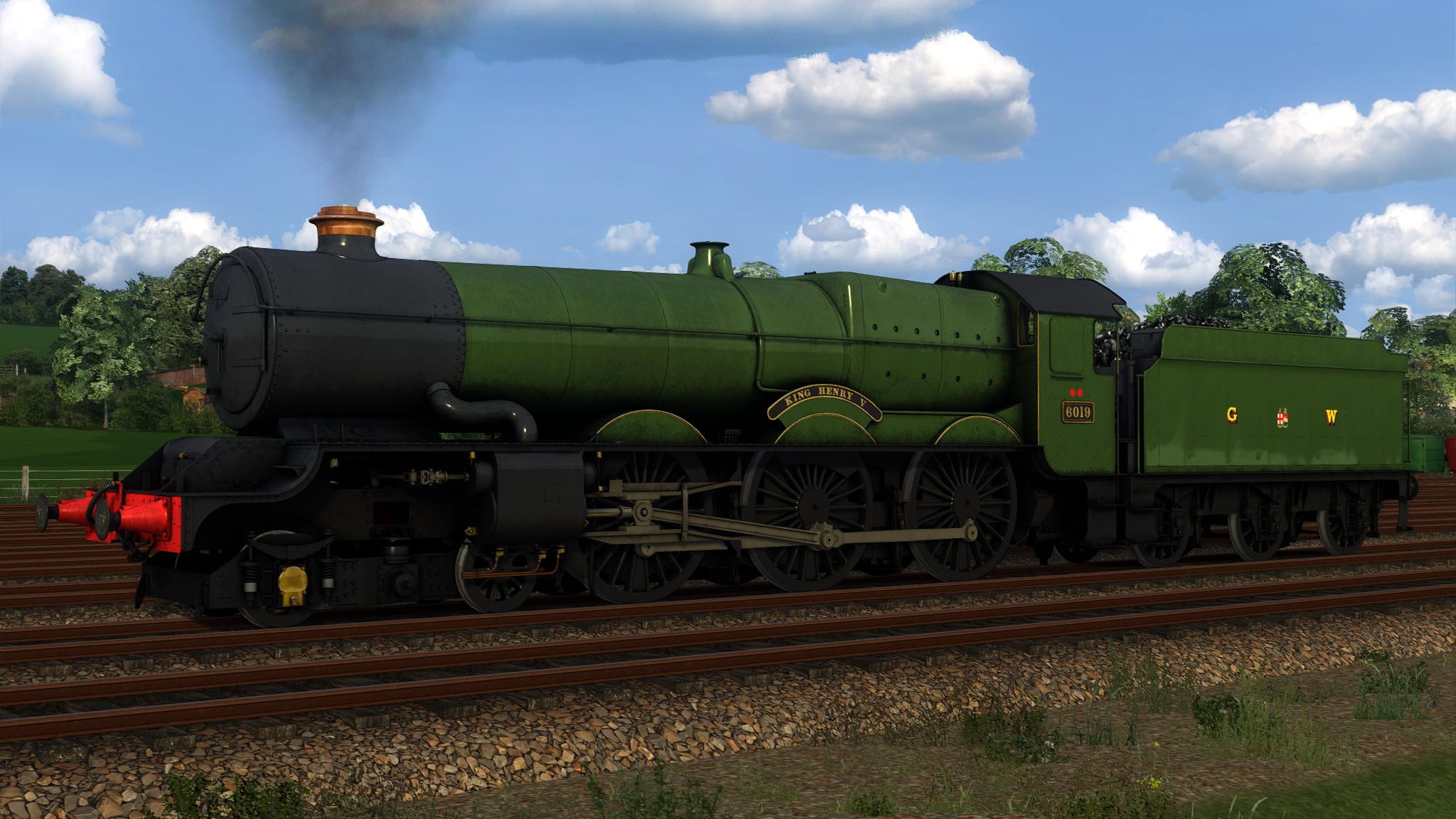
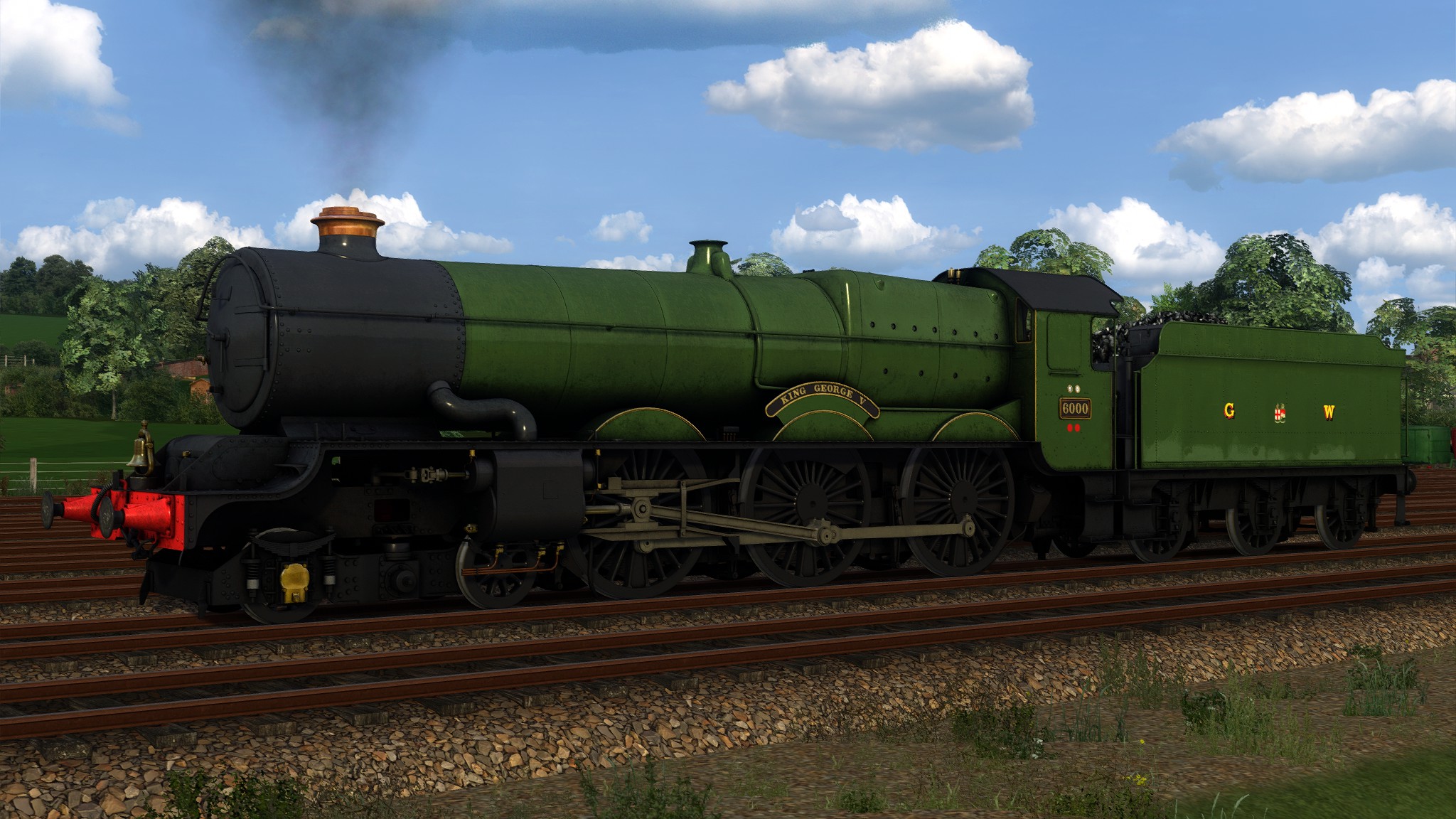
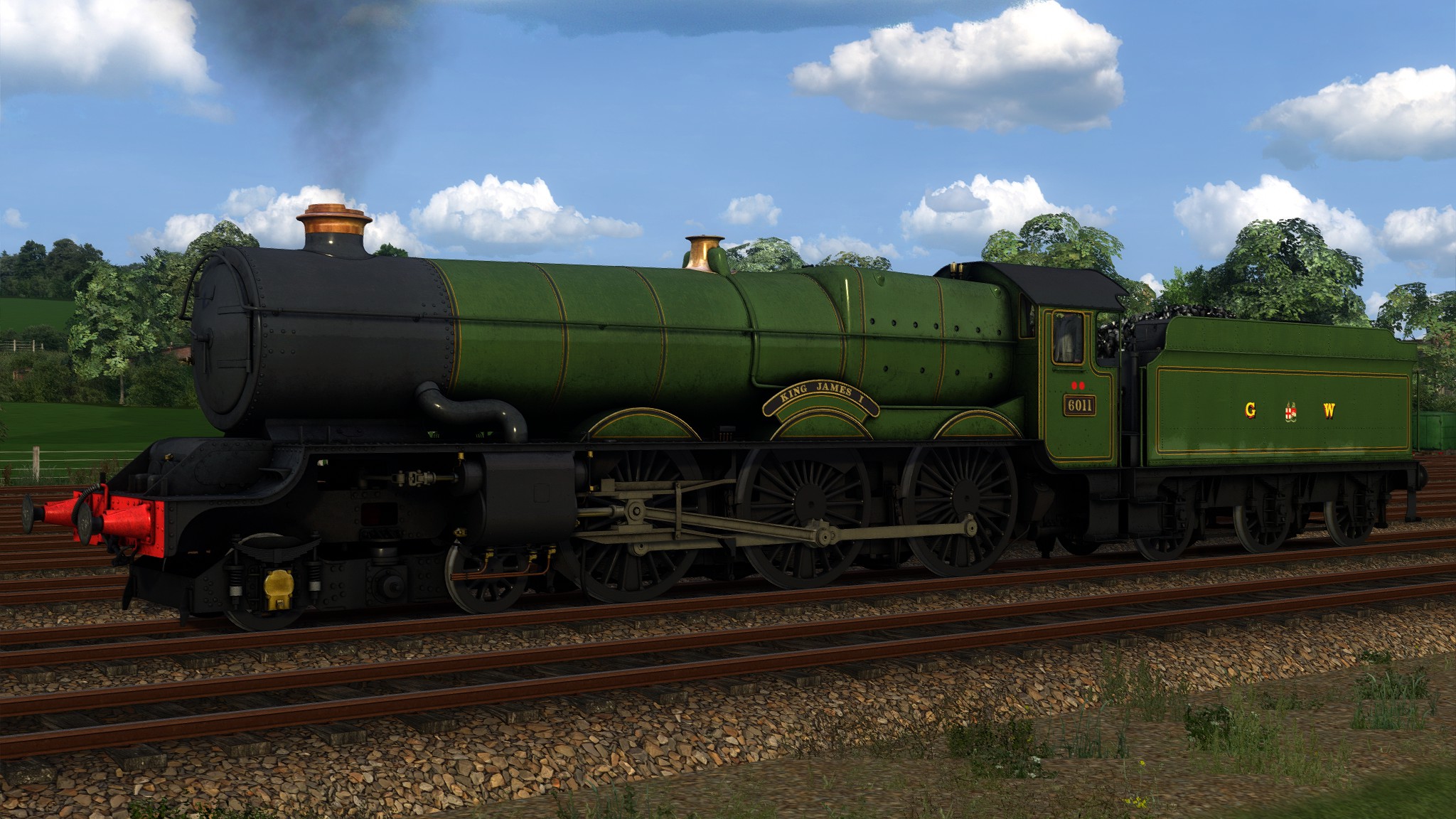
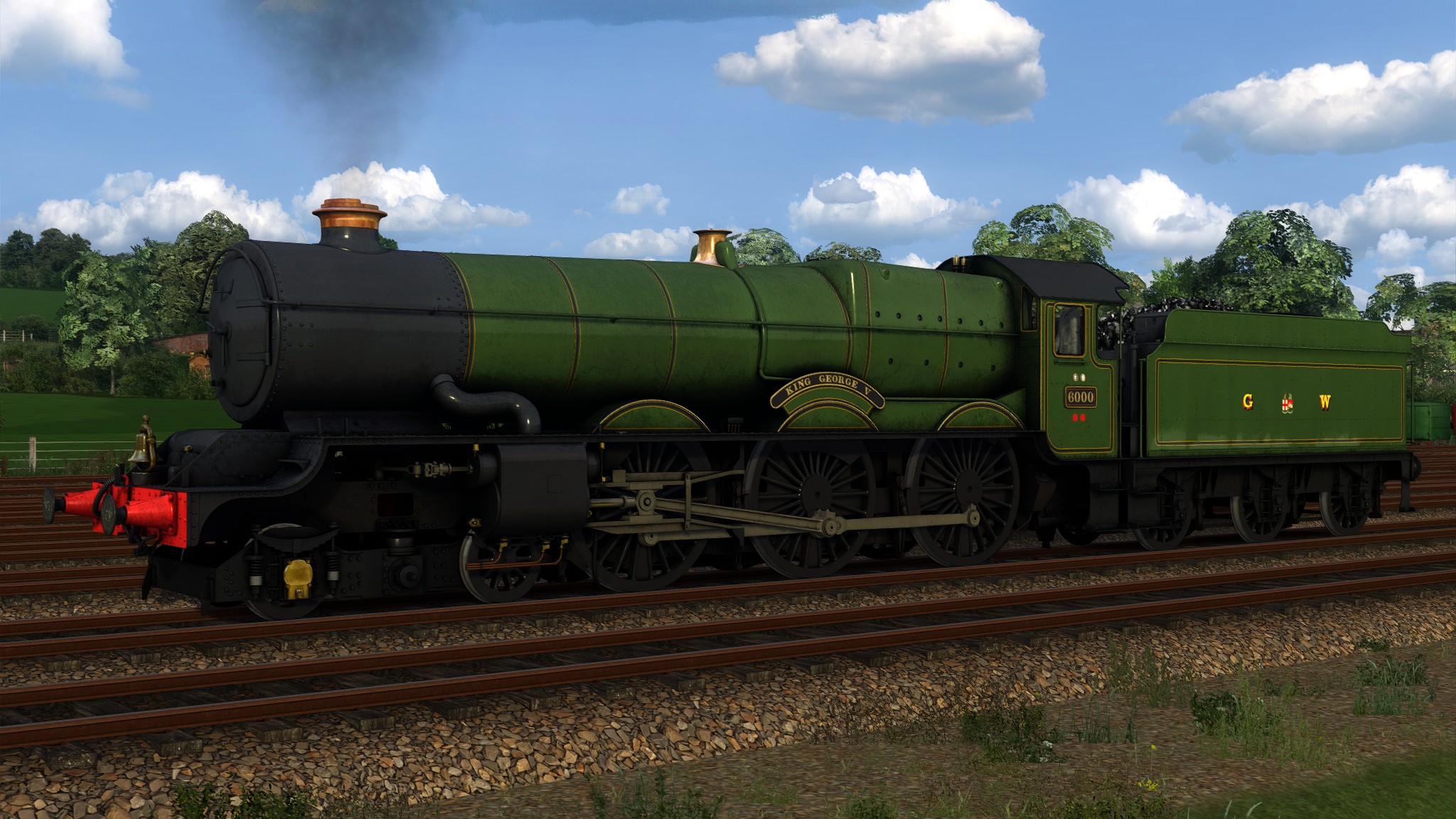
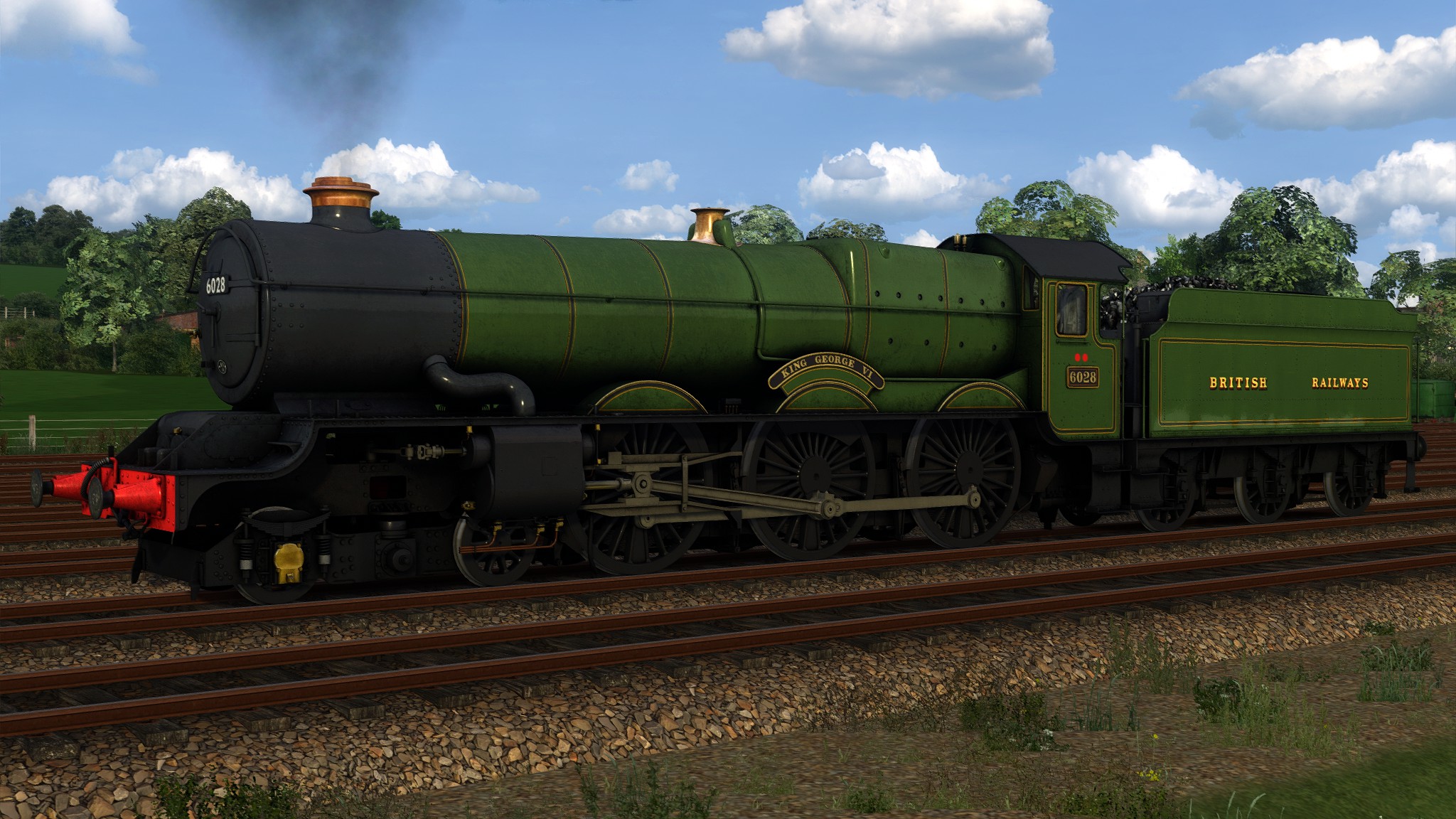
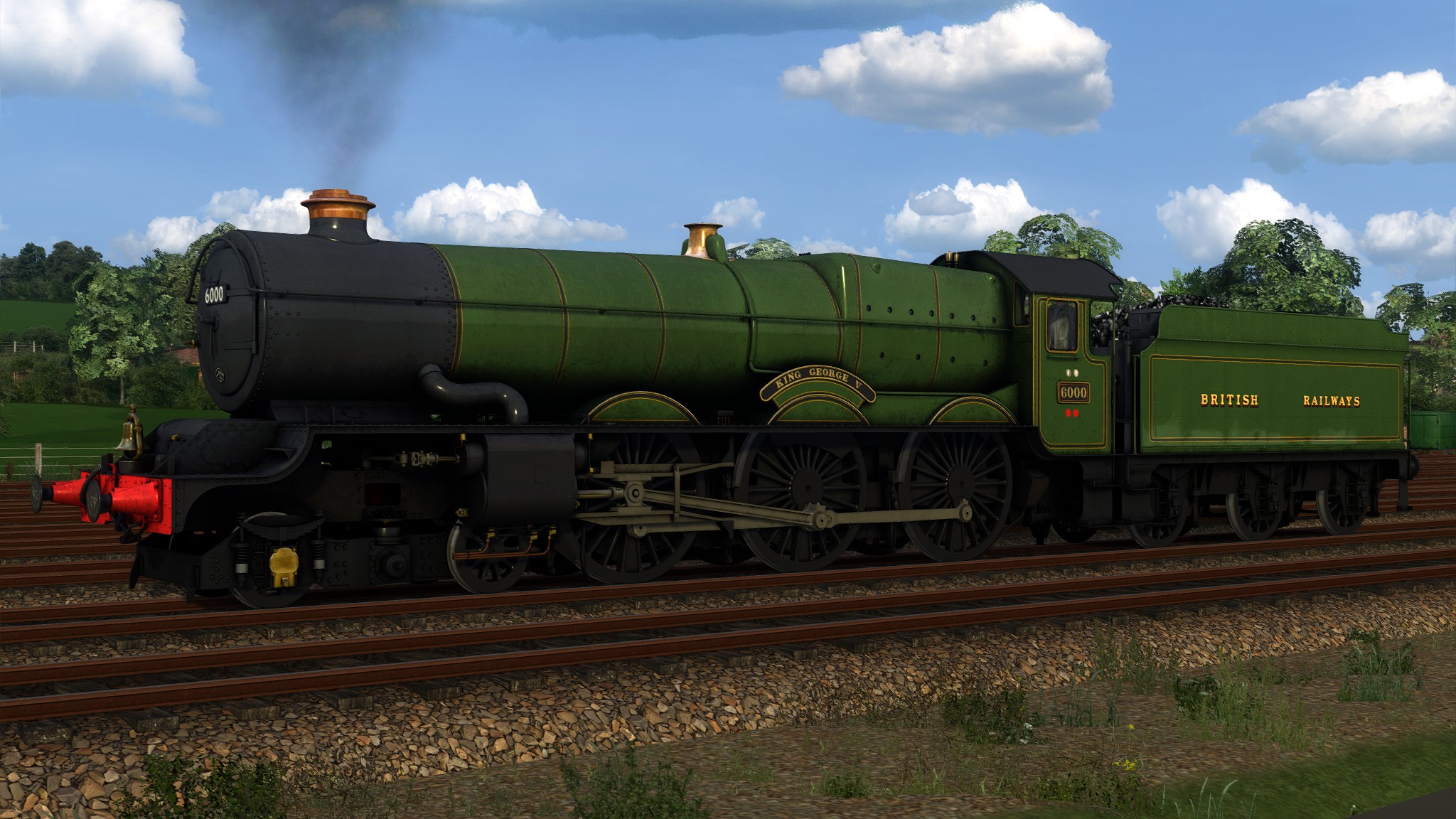
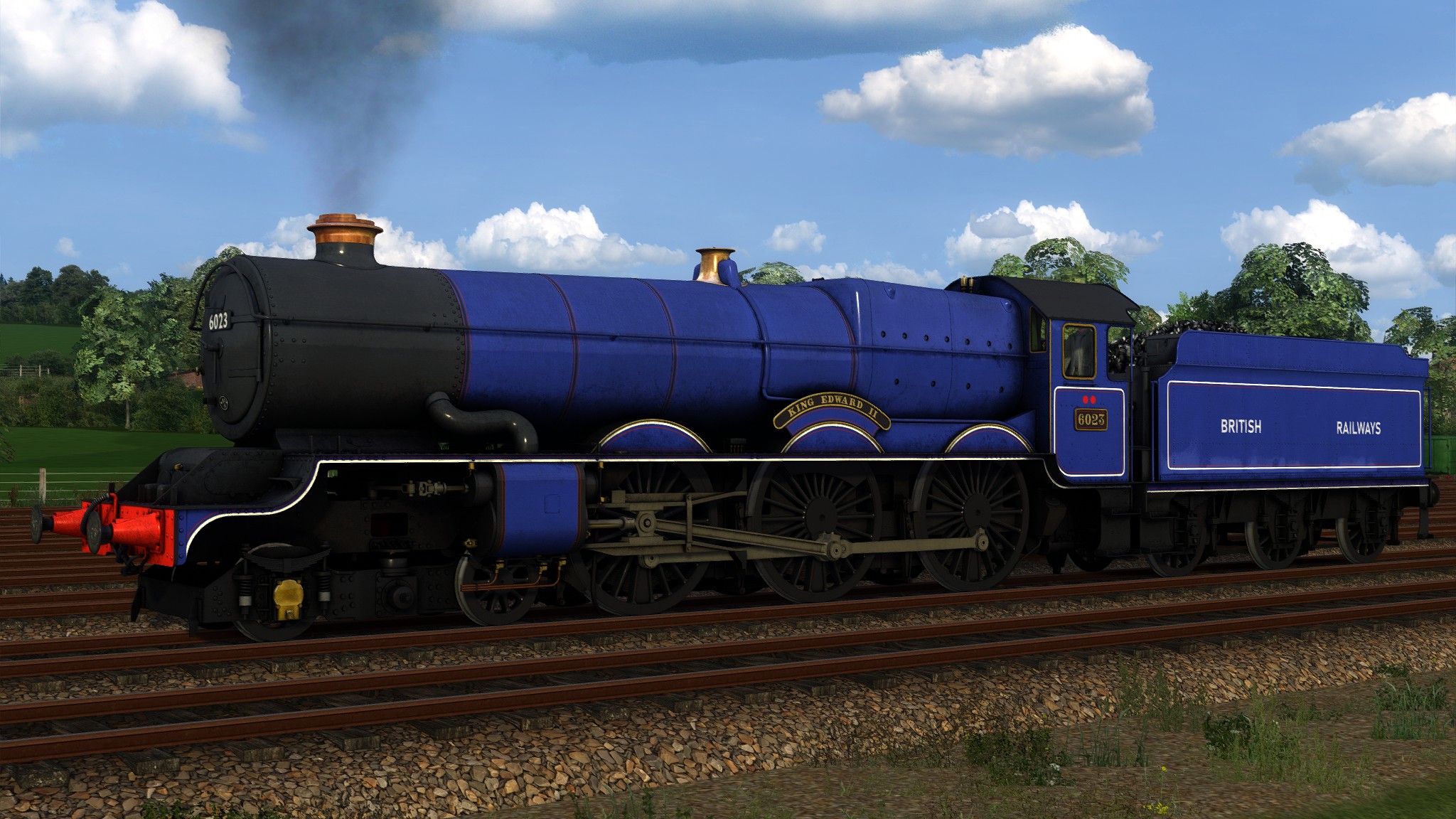
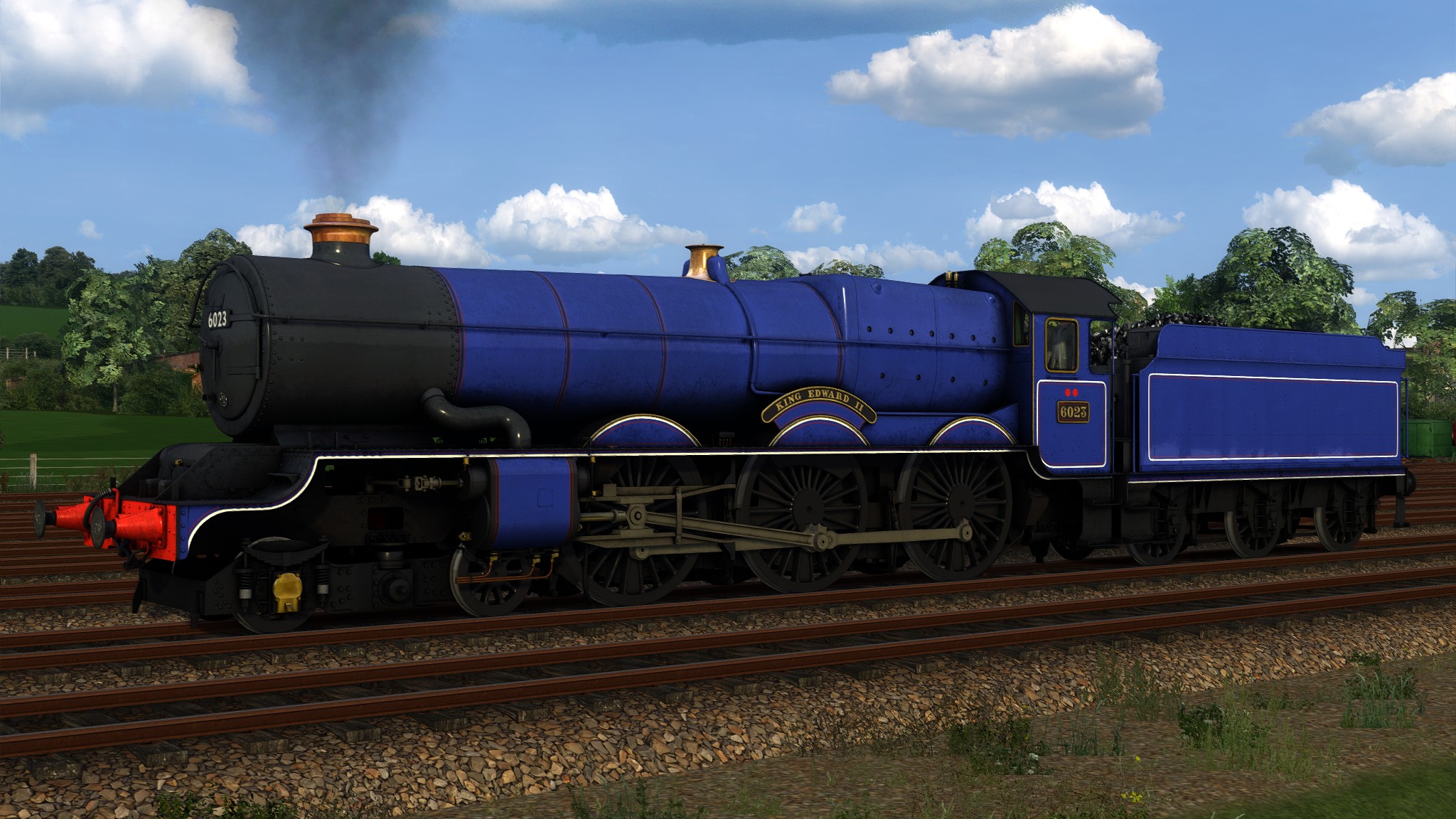
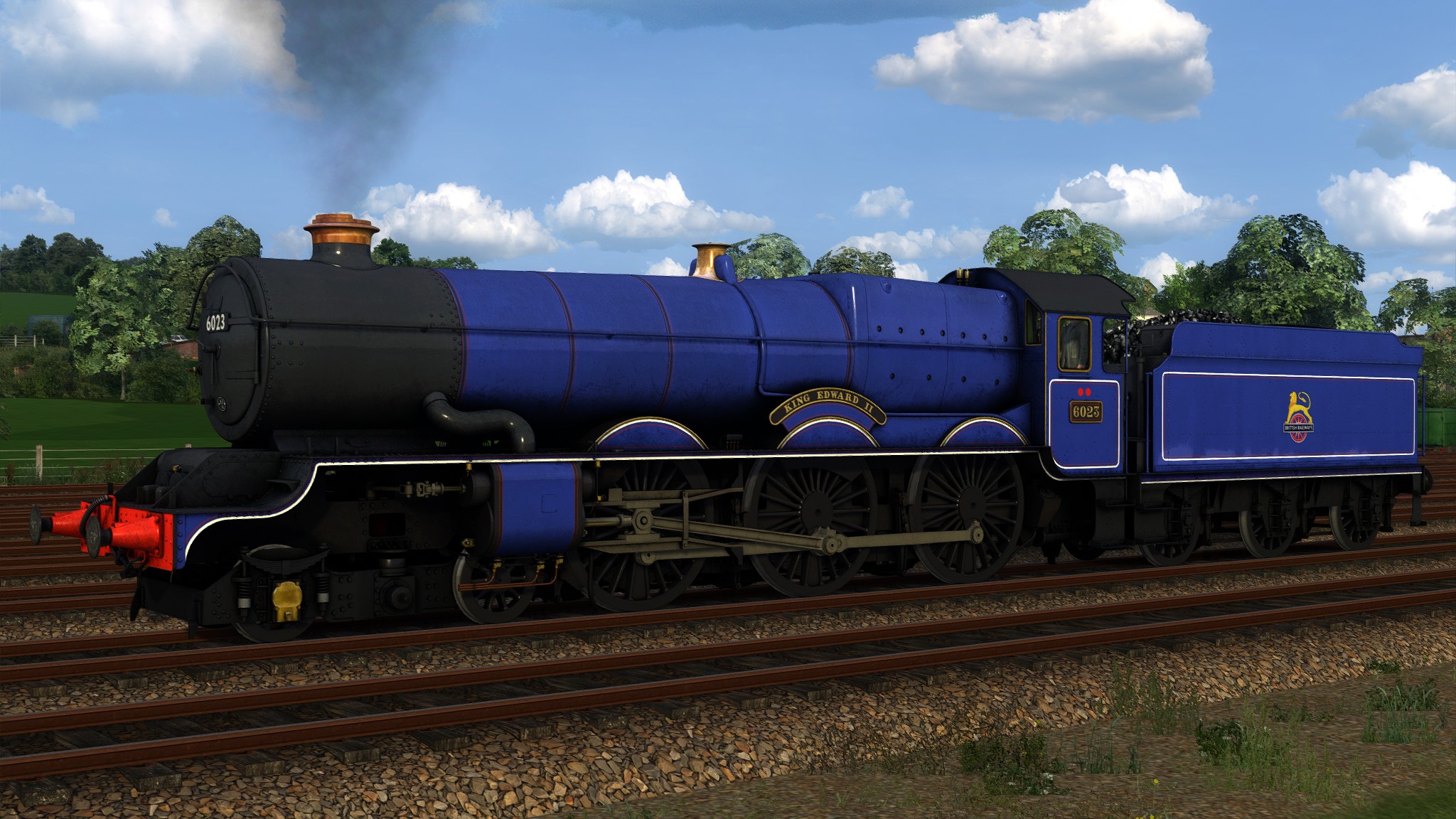
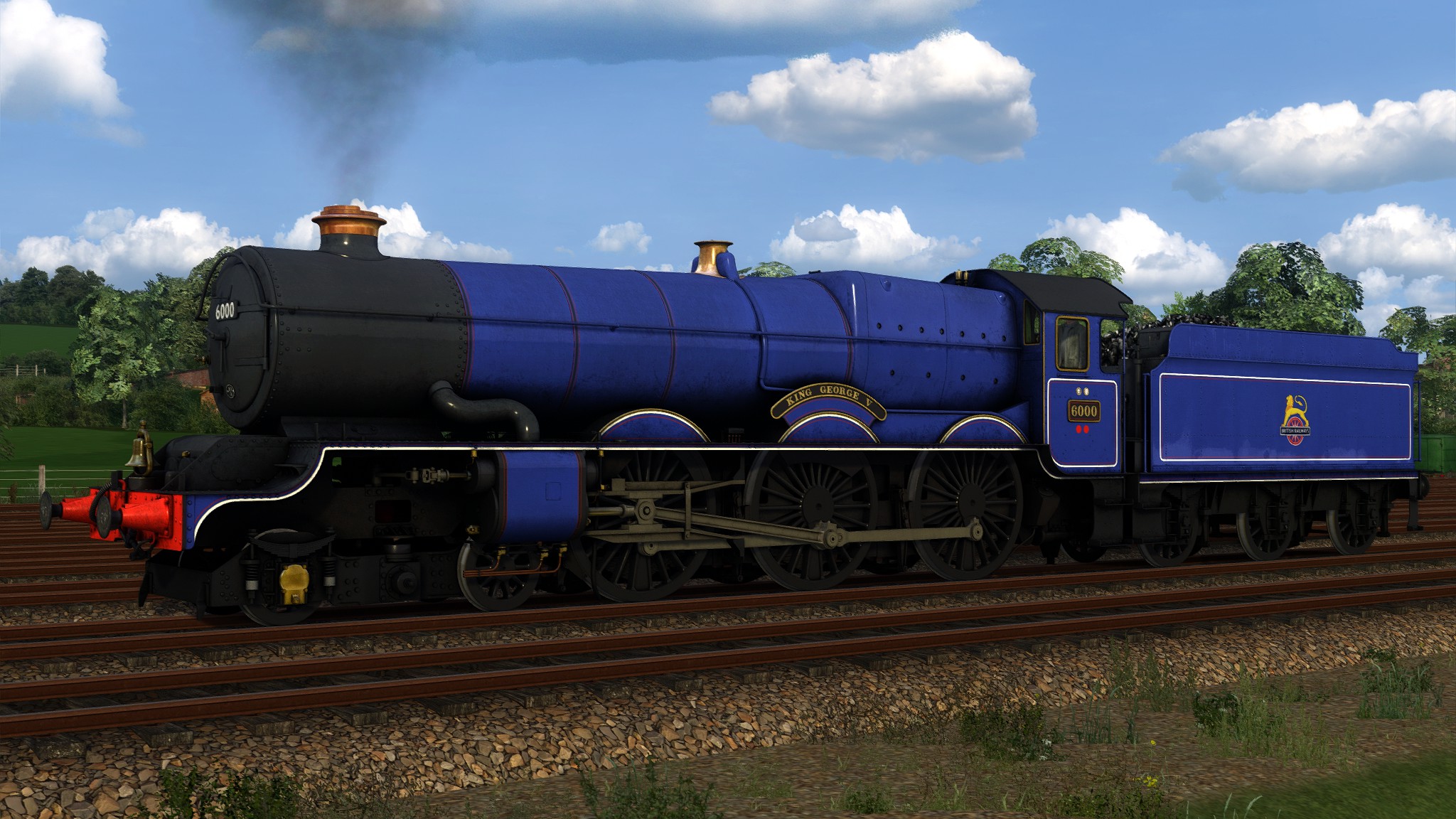
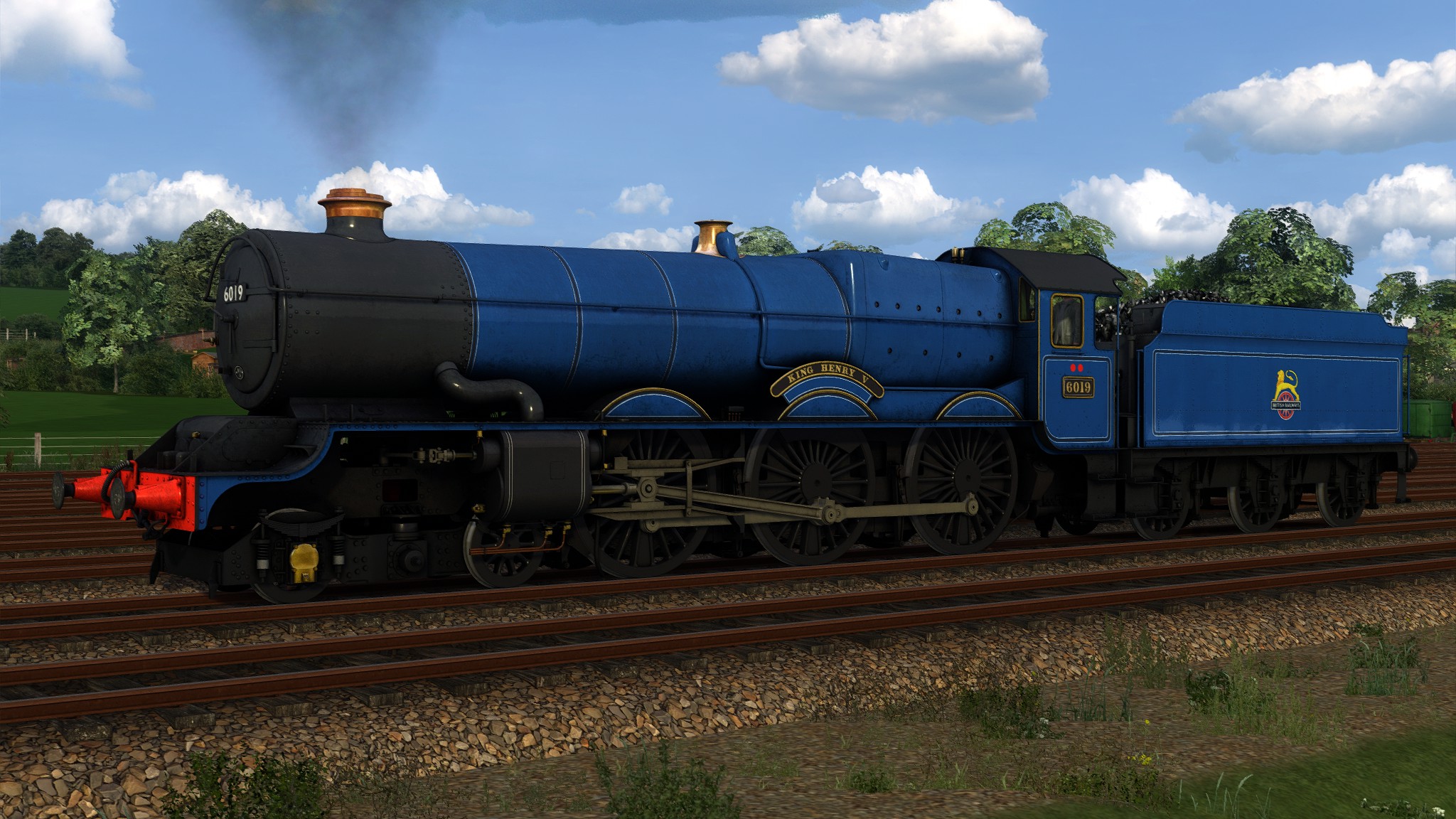
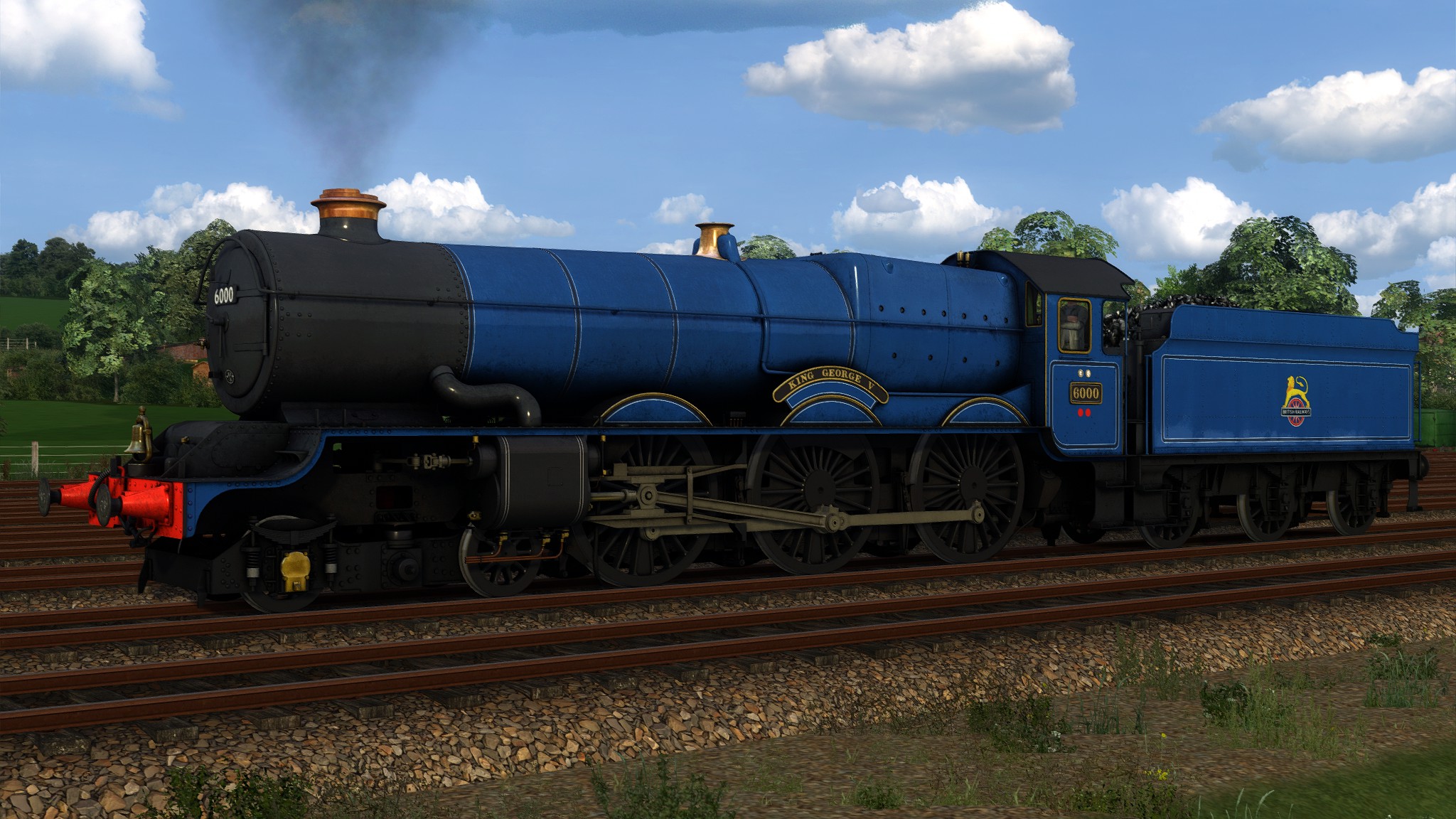
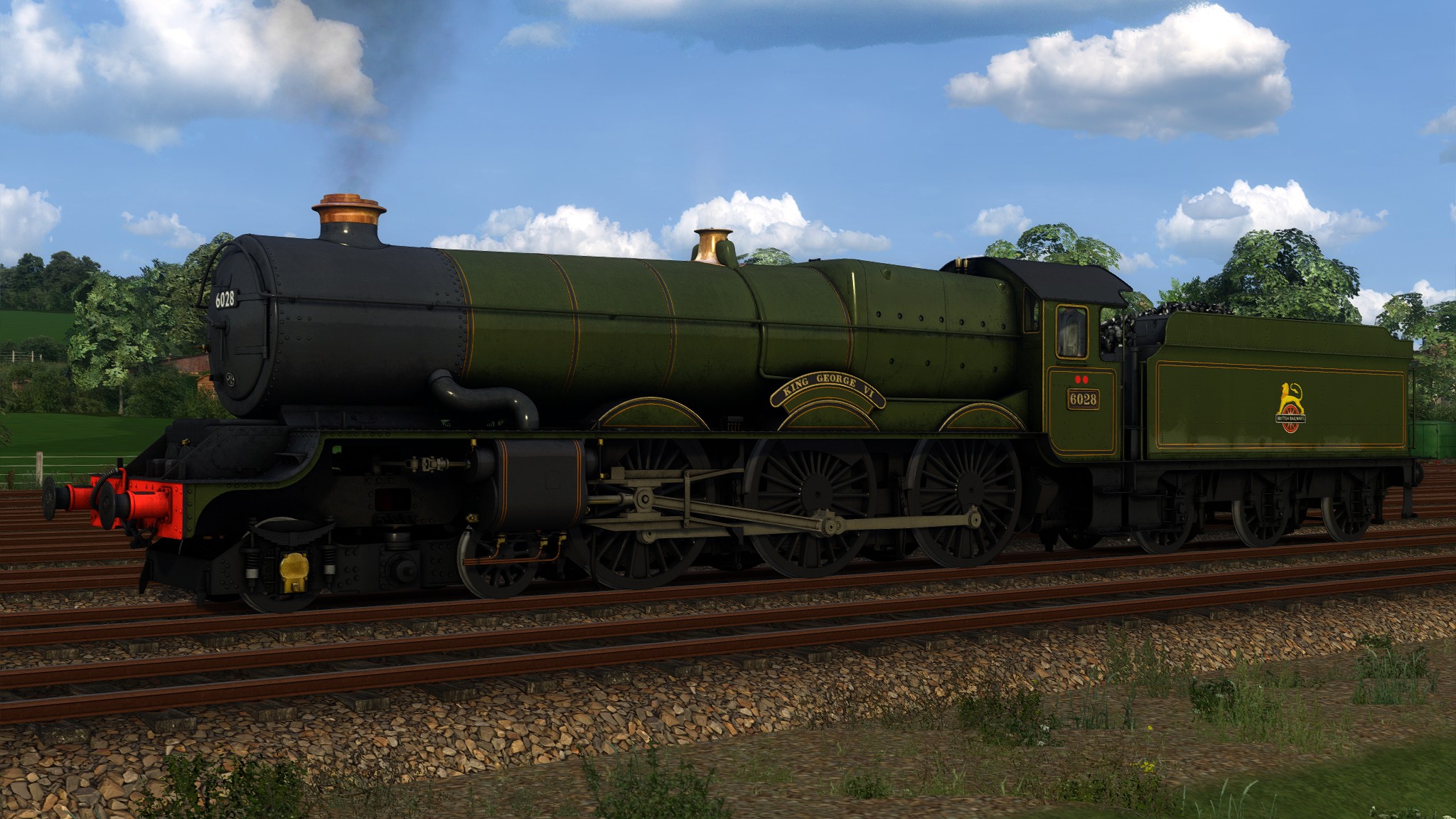
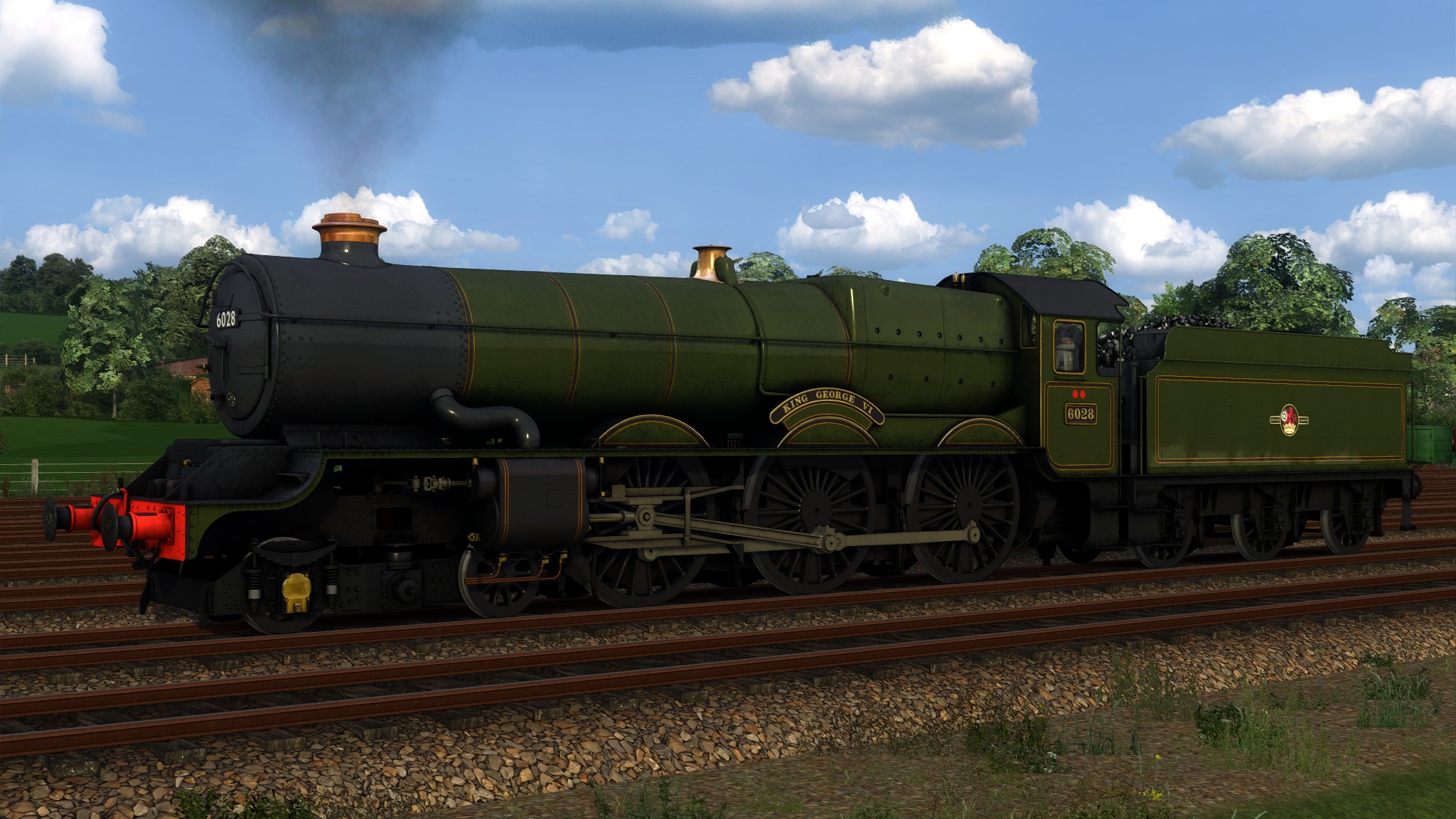
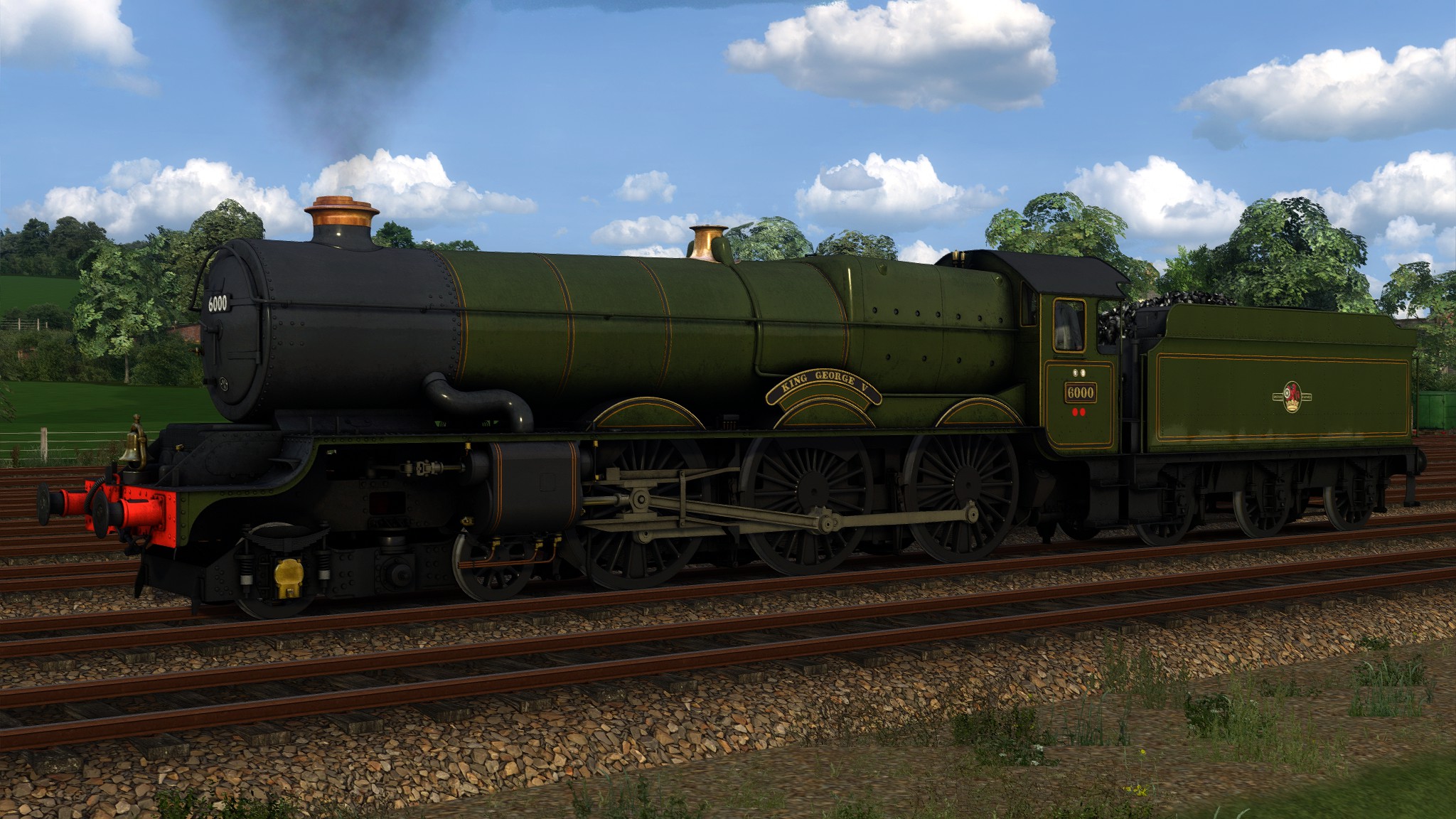
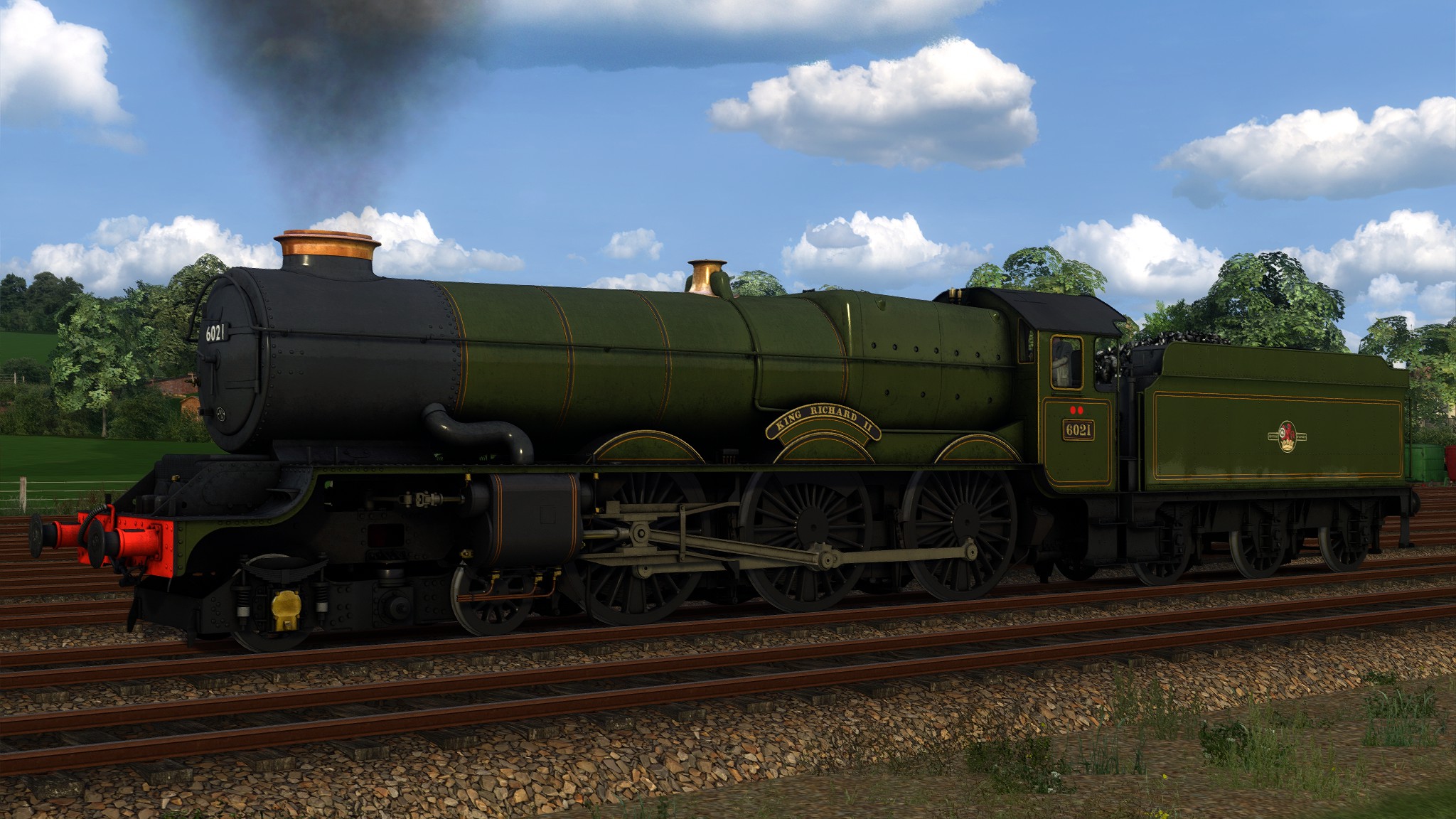
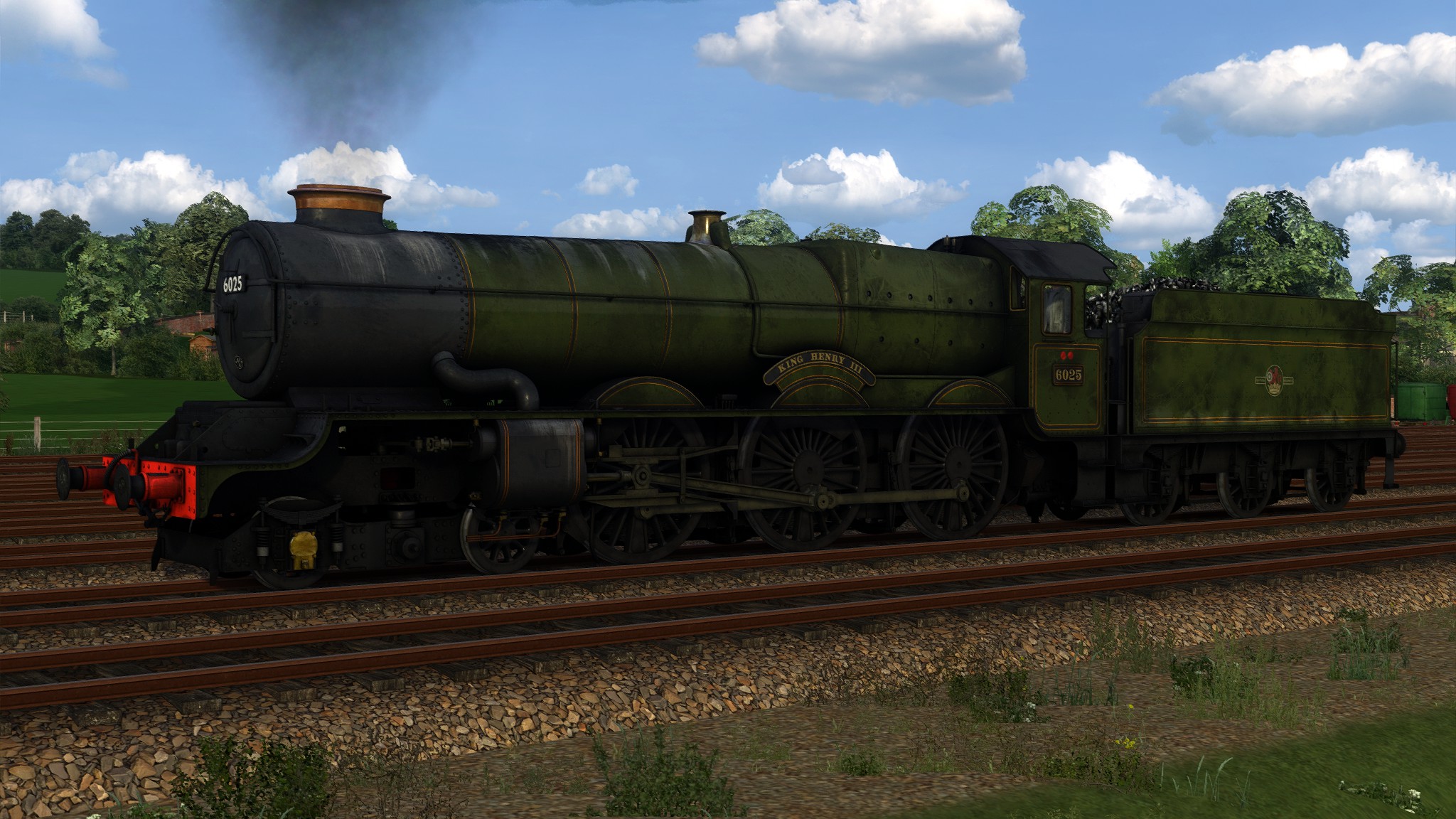
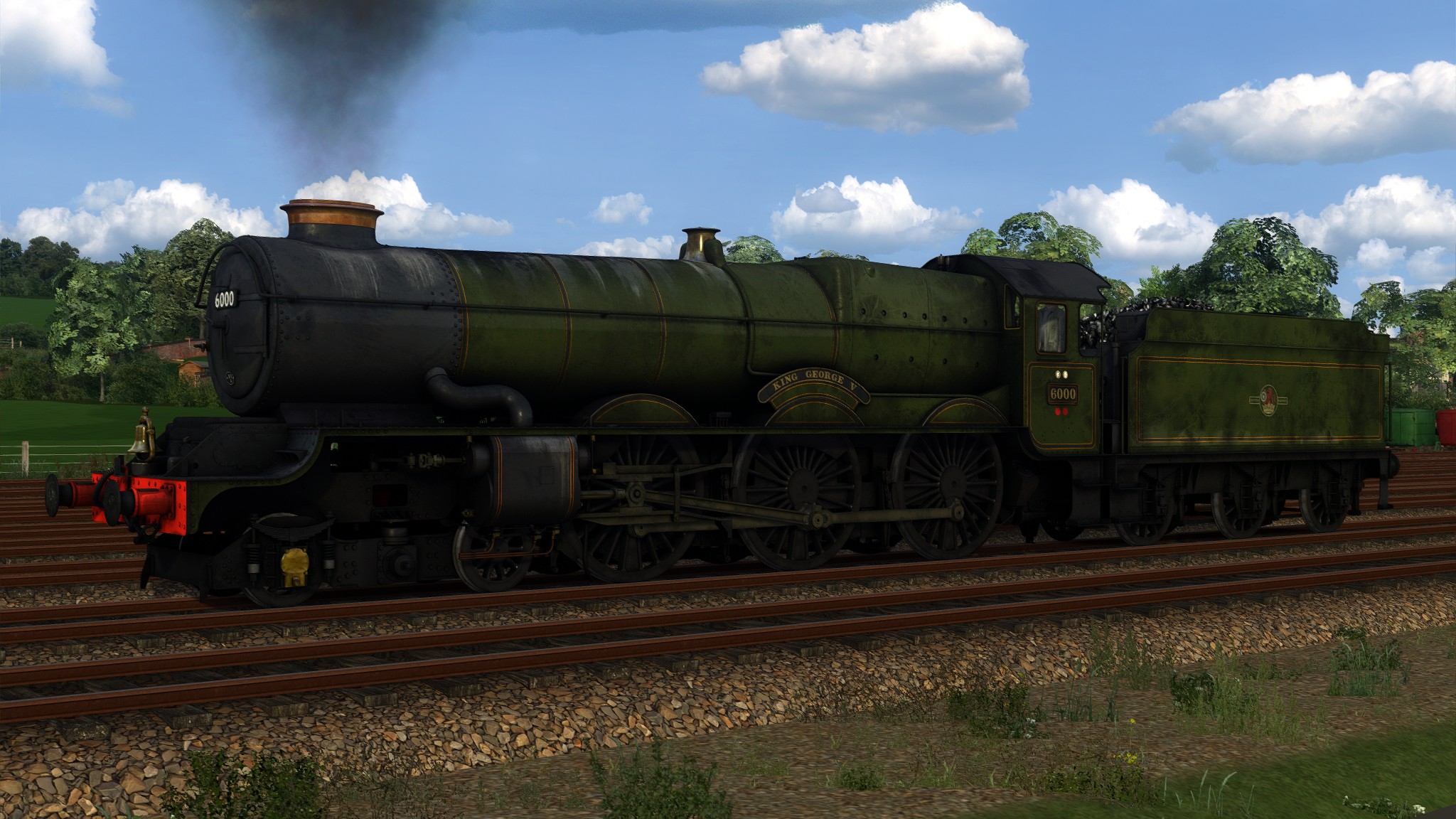
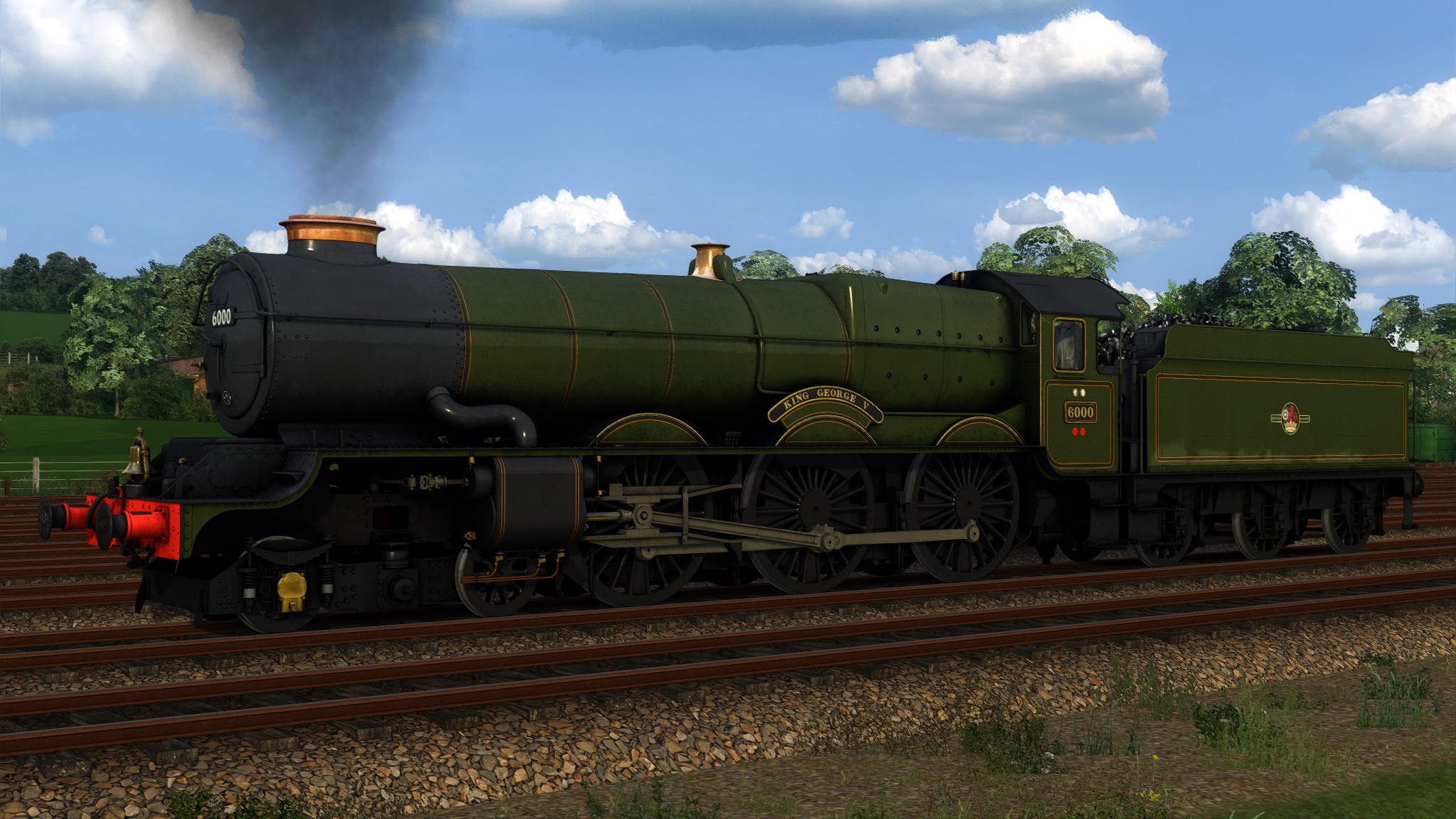
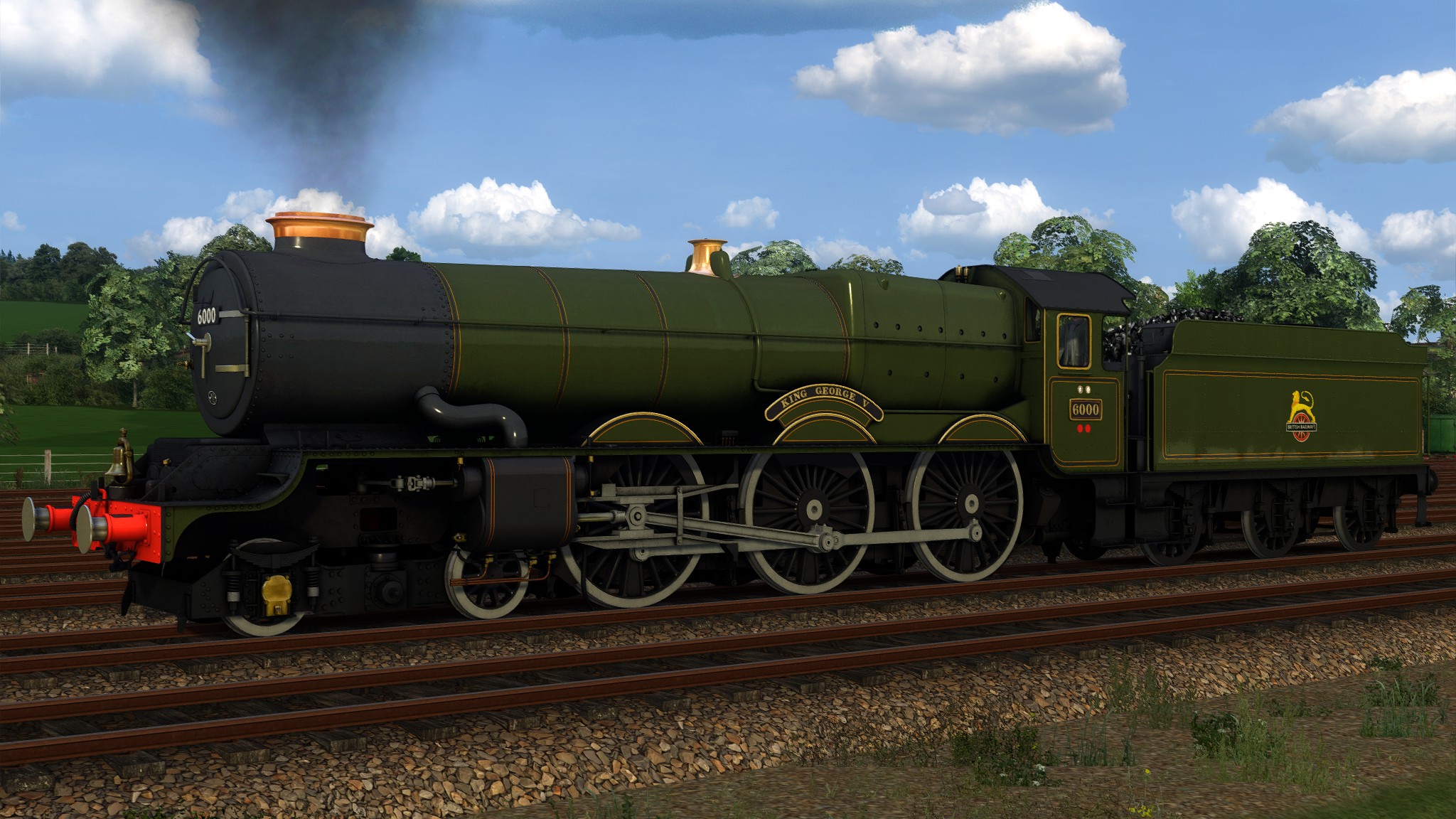
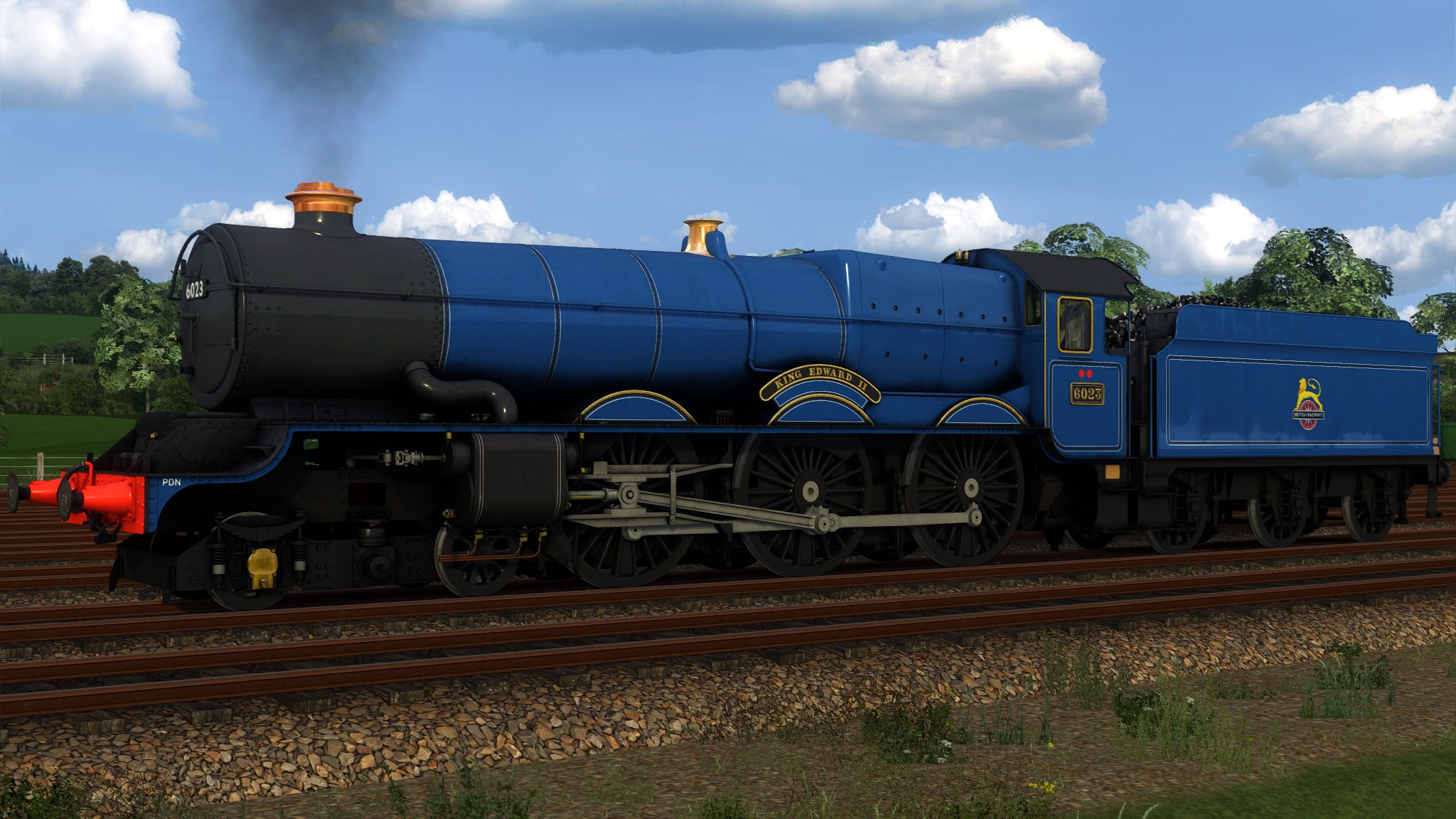
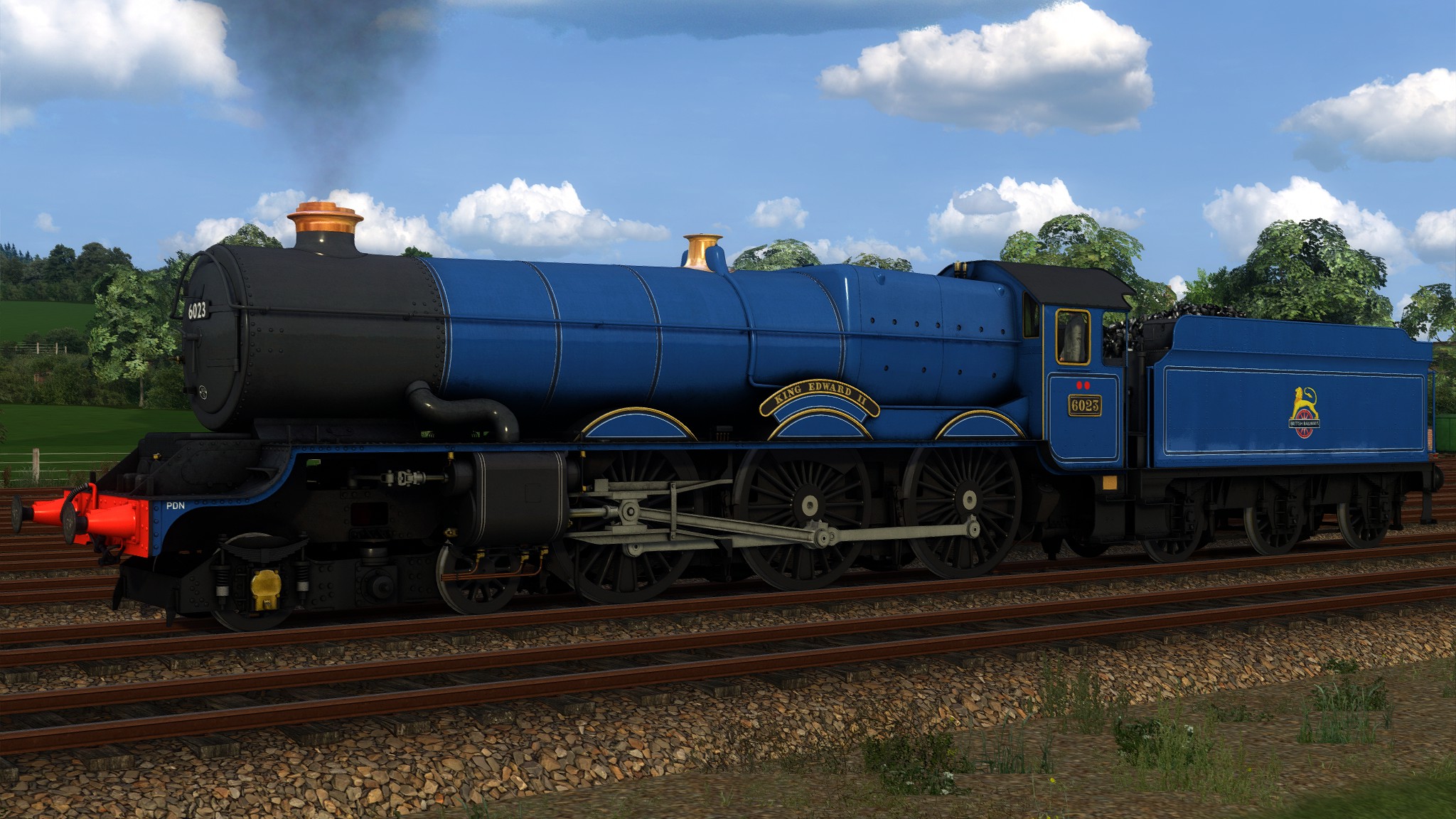
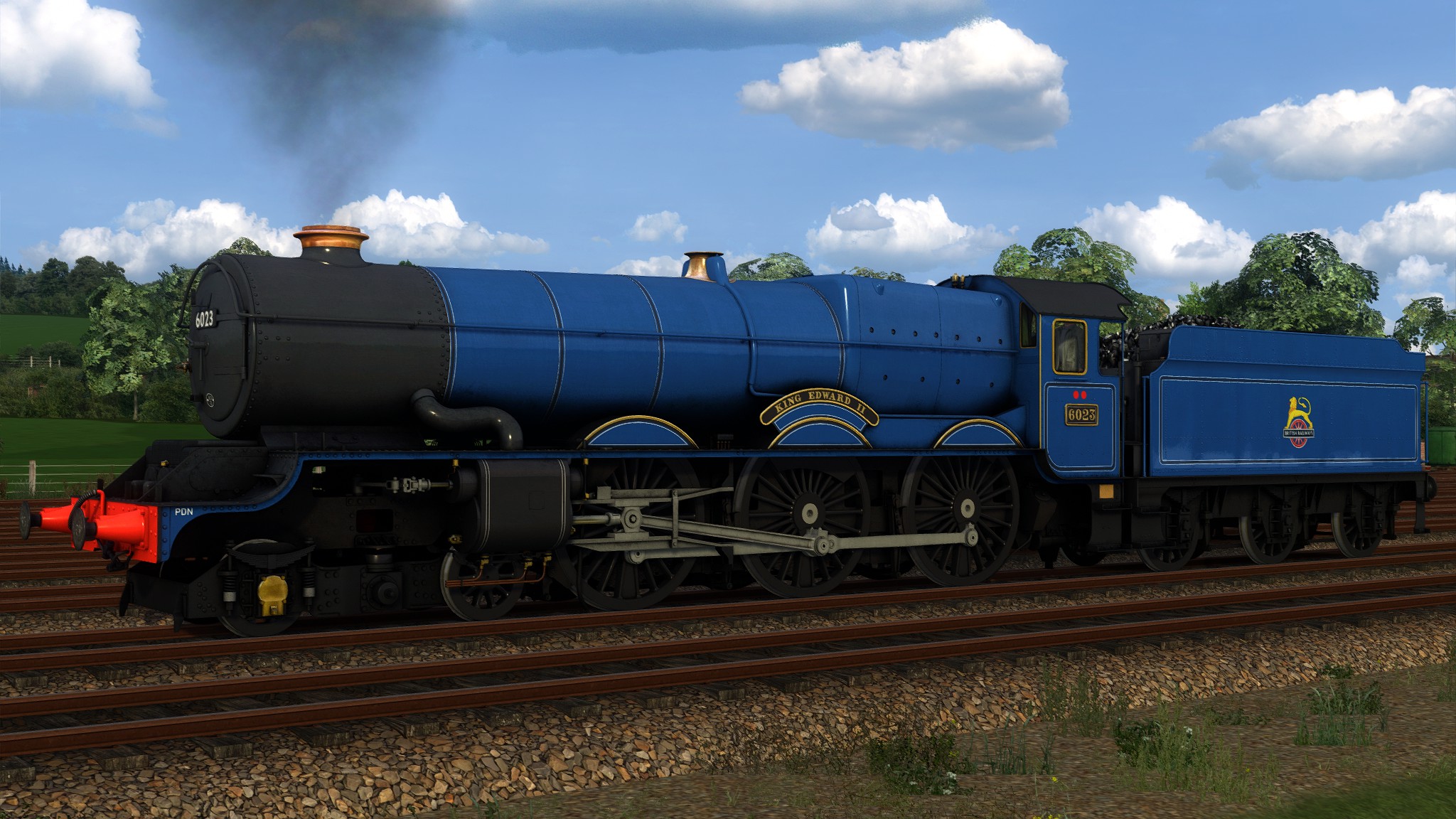
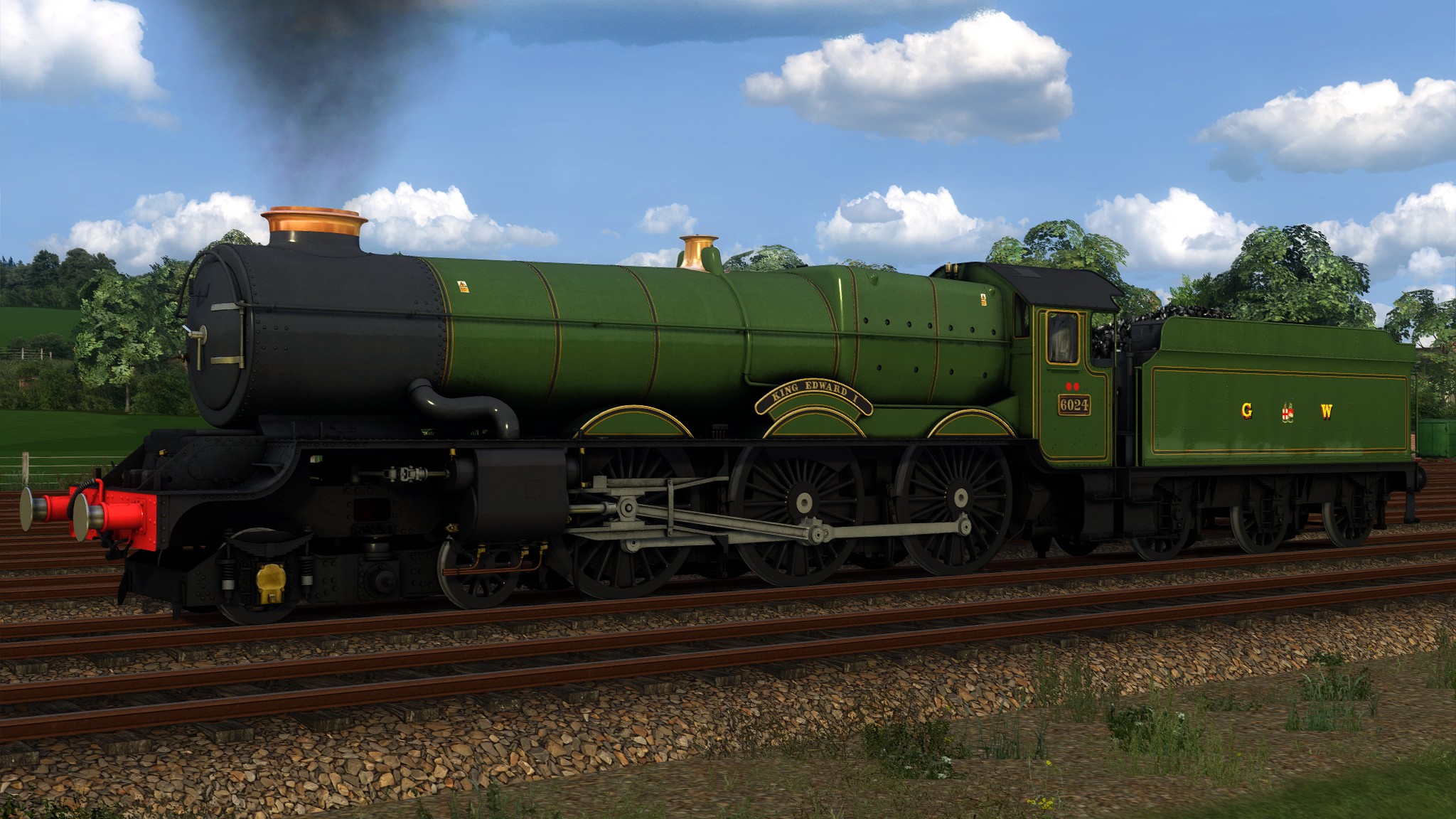
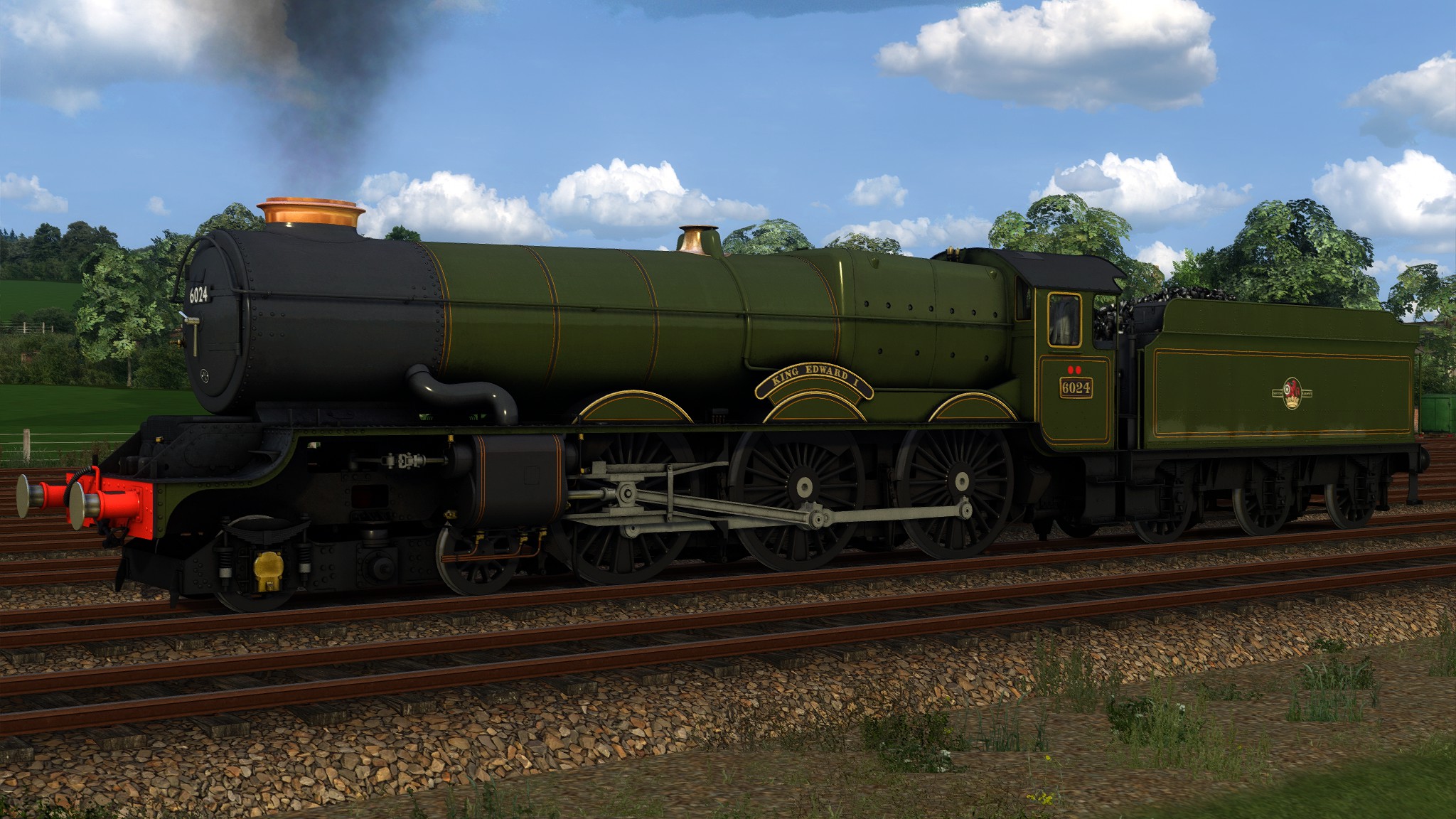
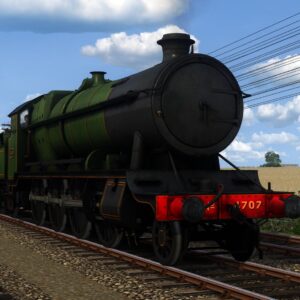
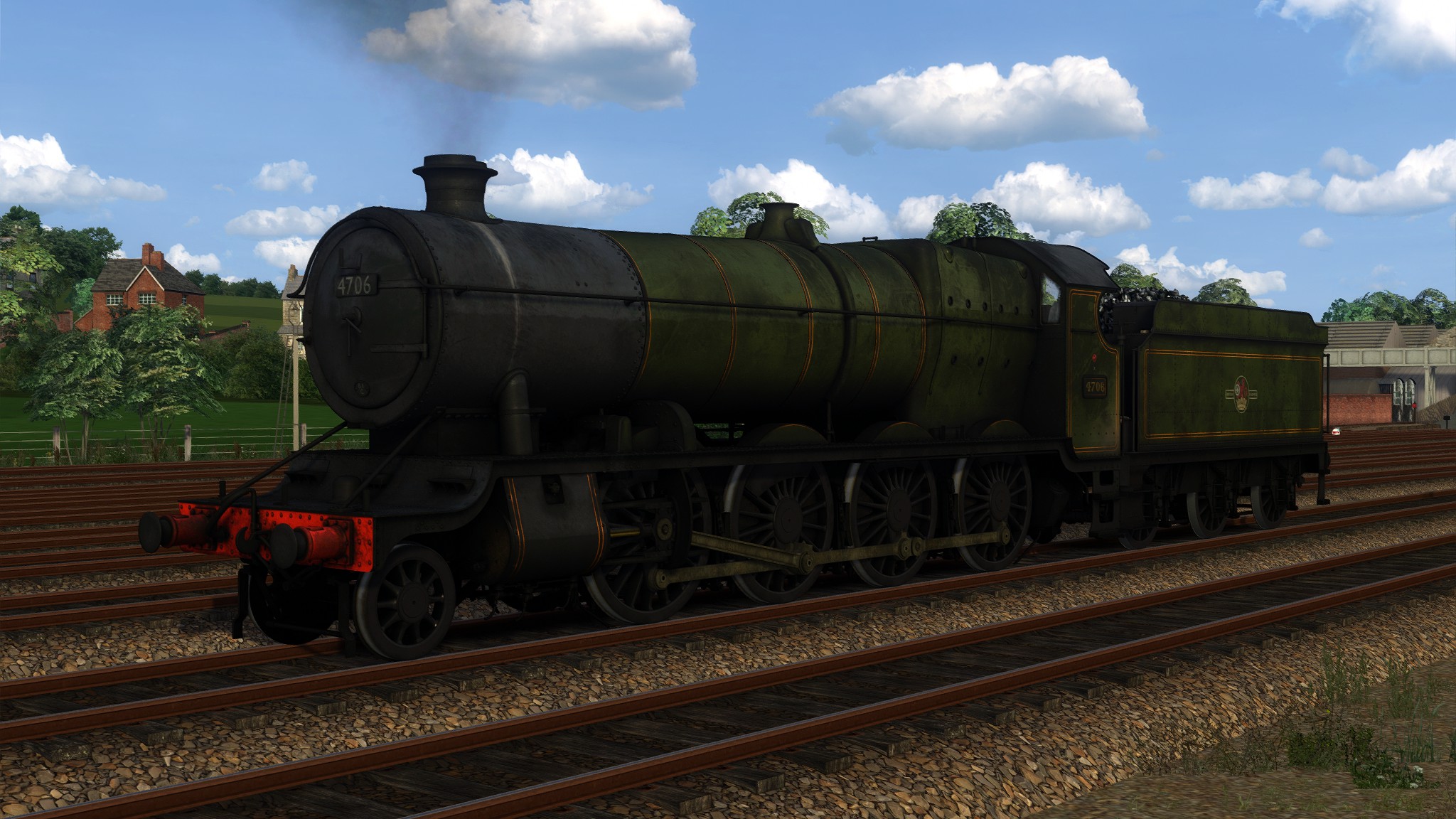
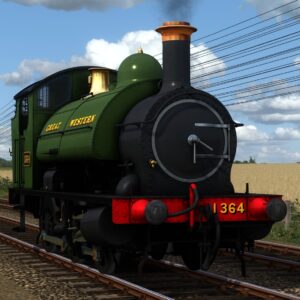
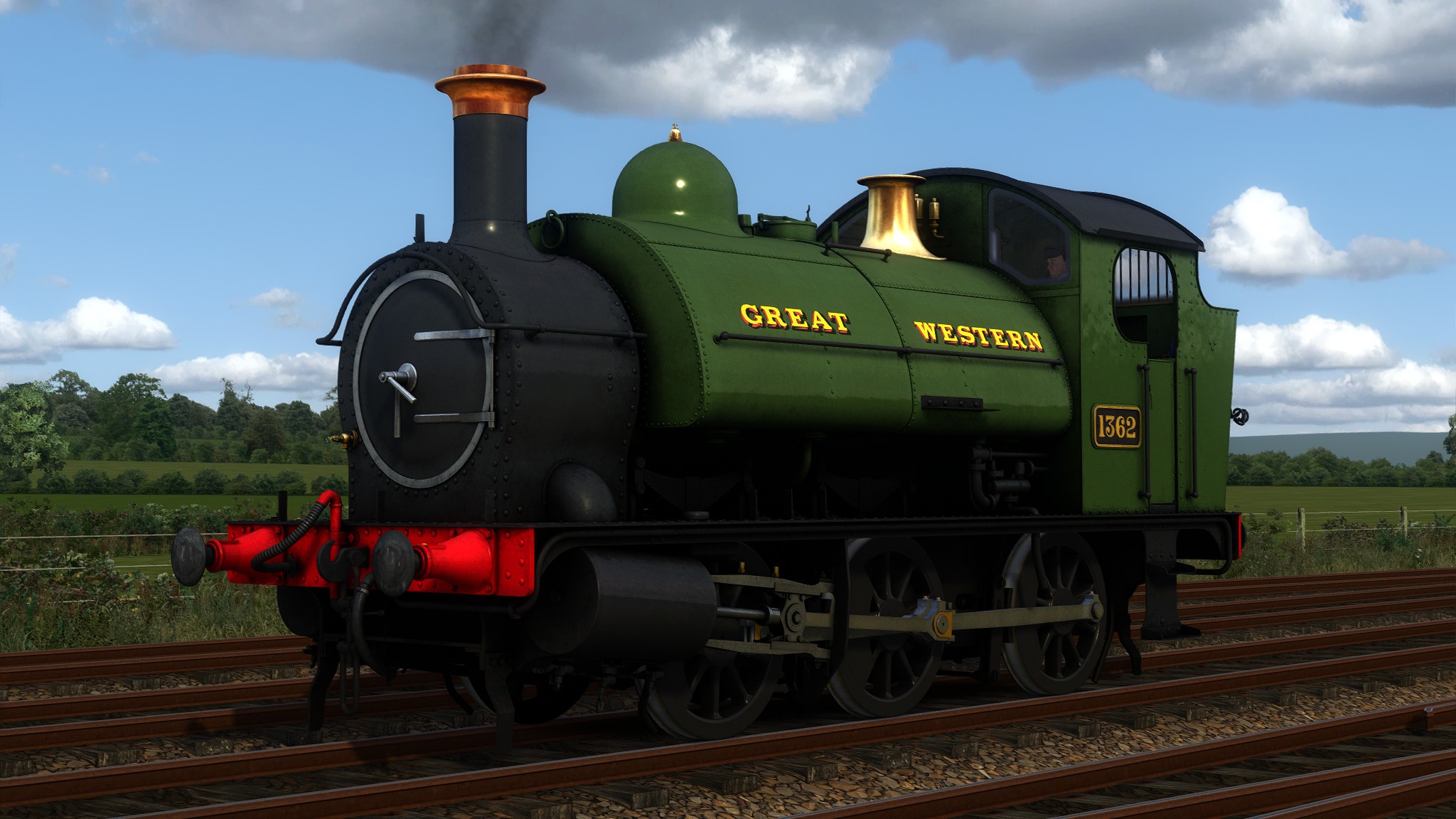
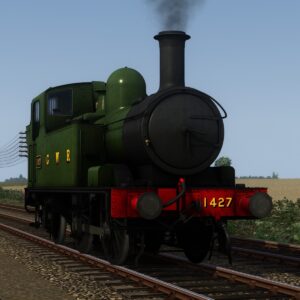
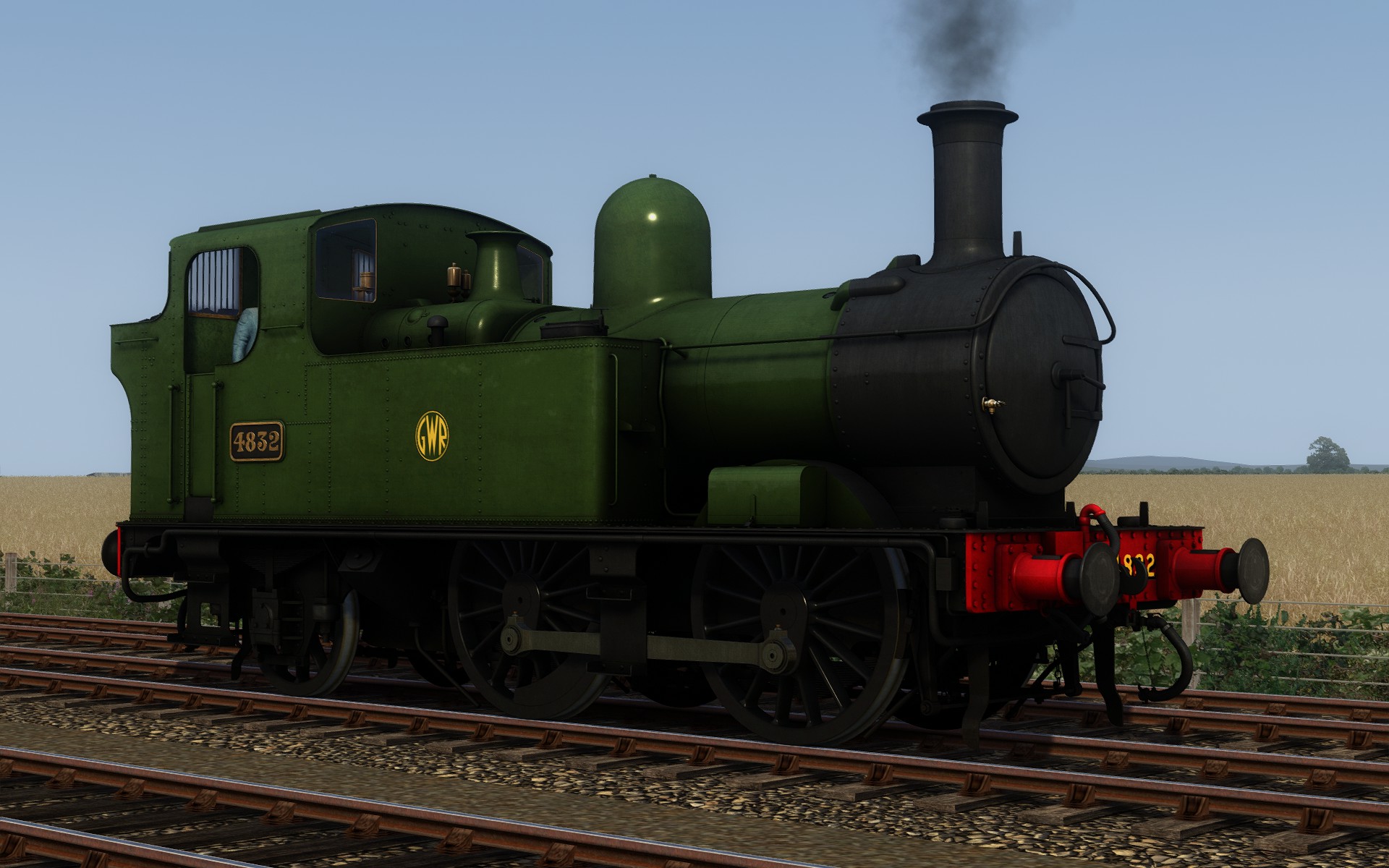
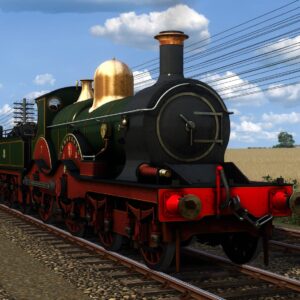
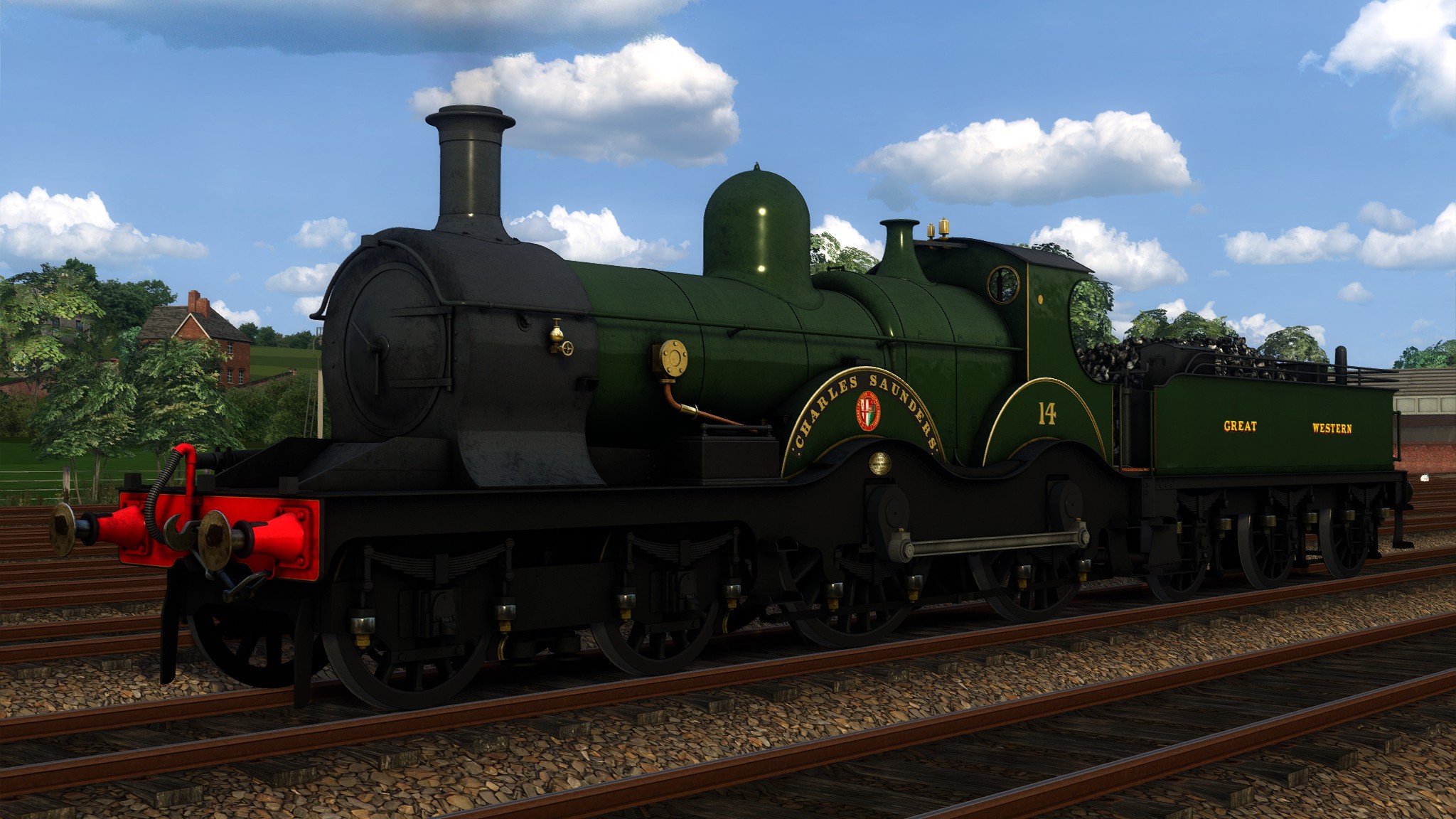
Reviews
There are no reviews yet.